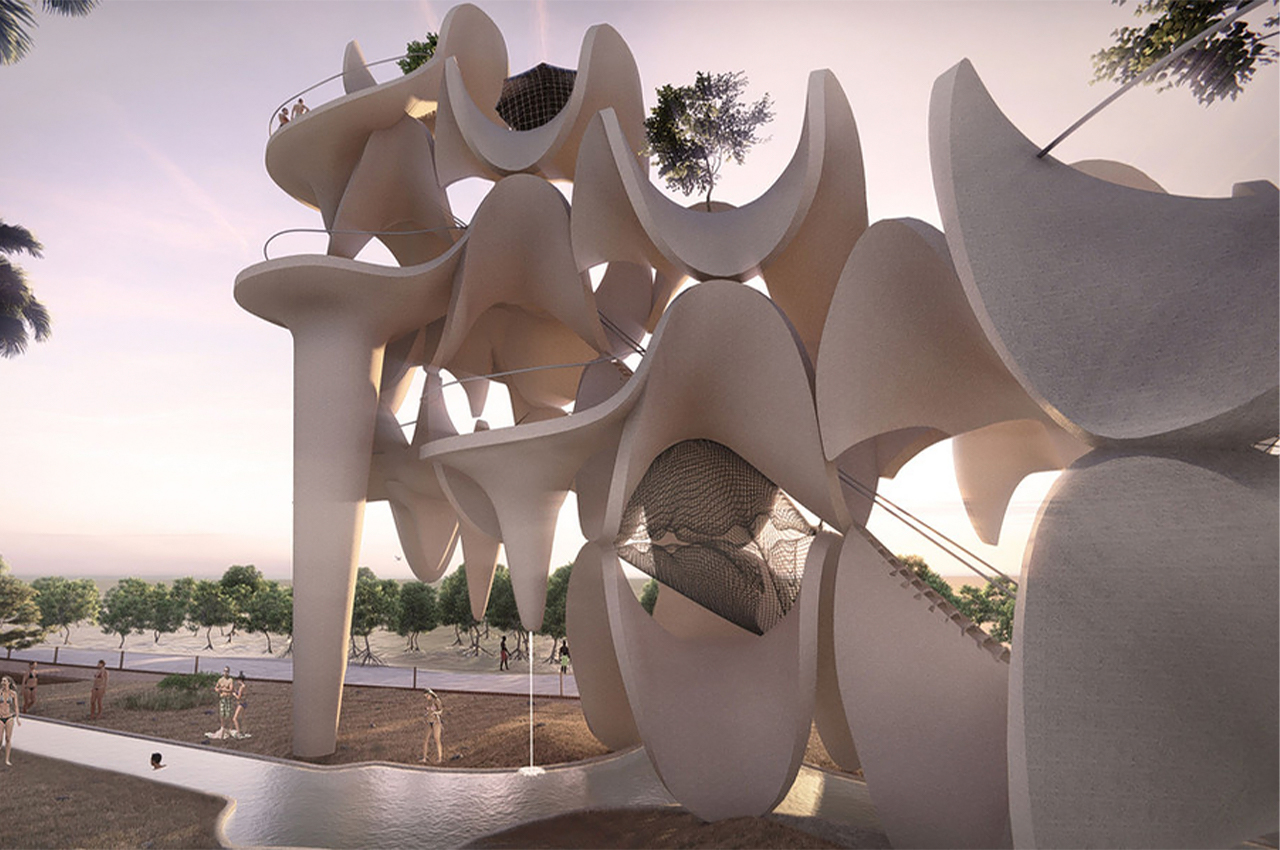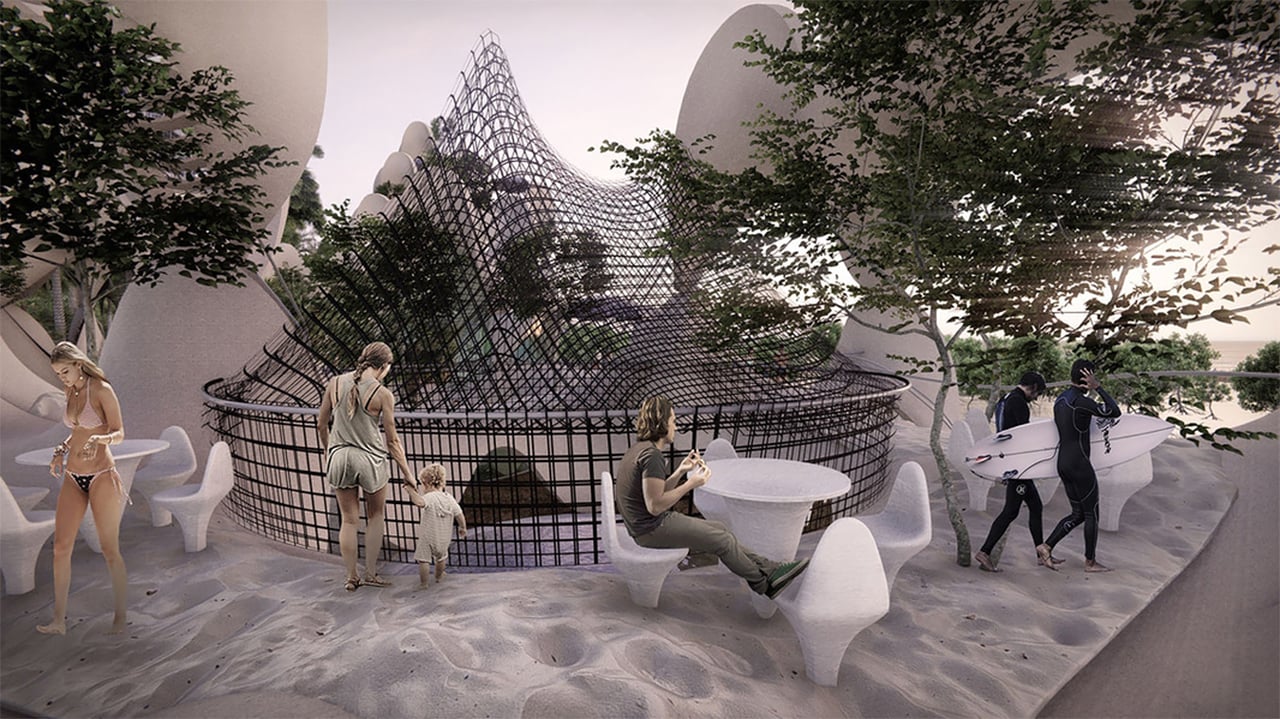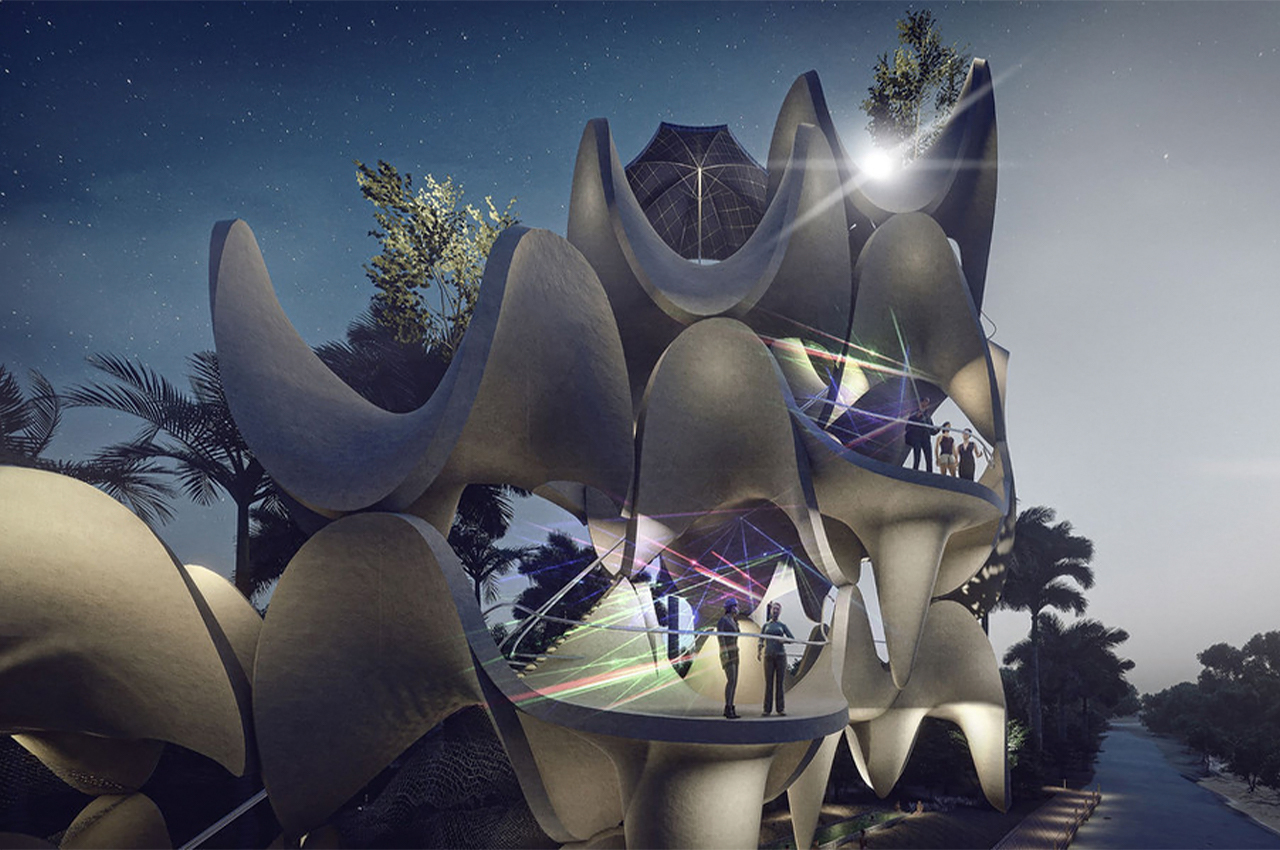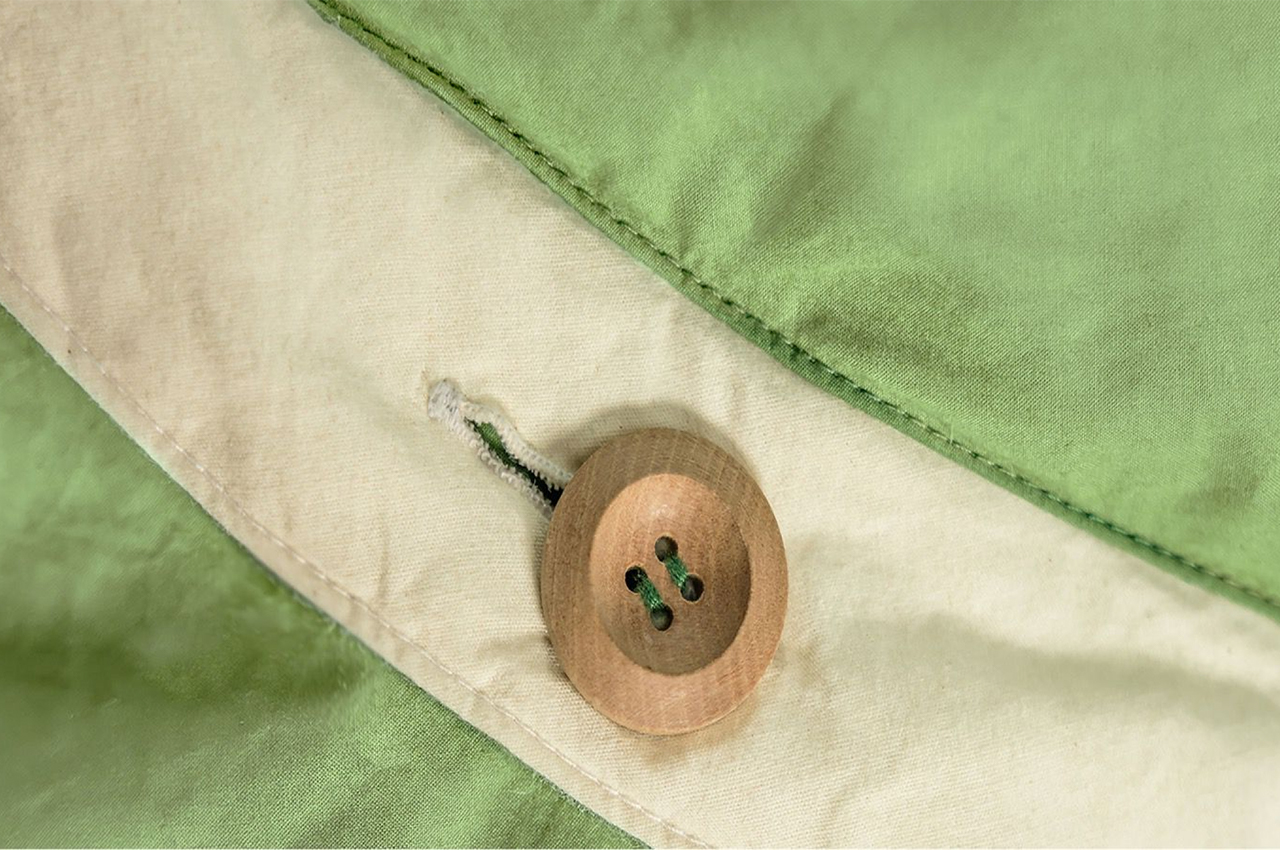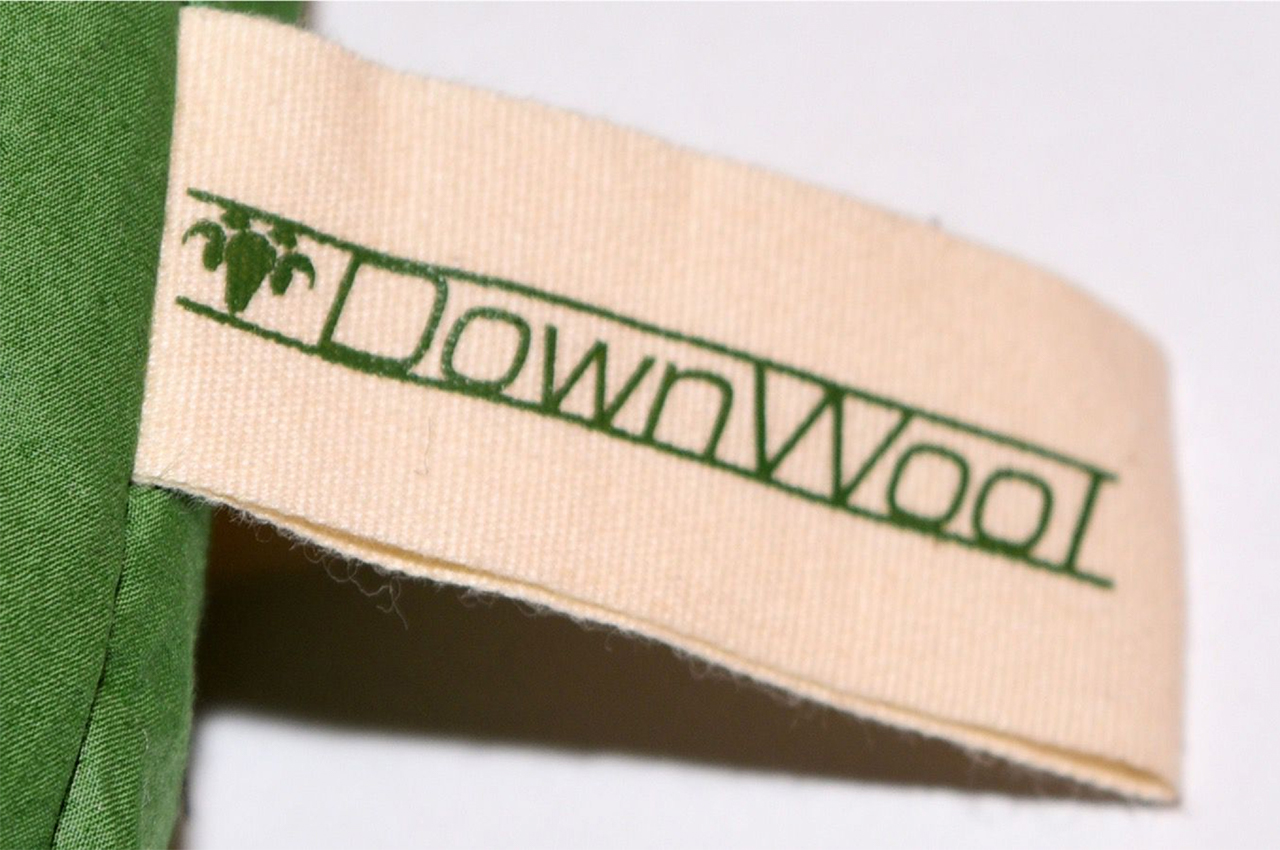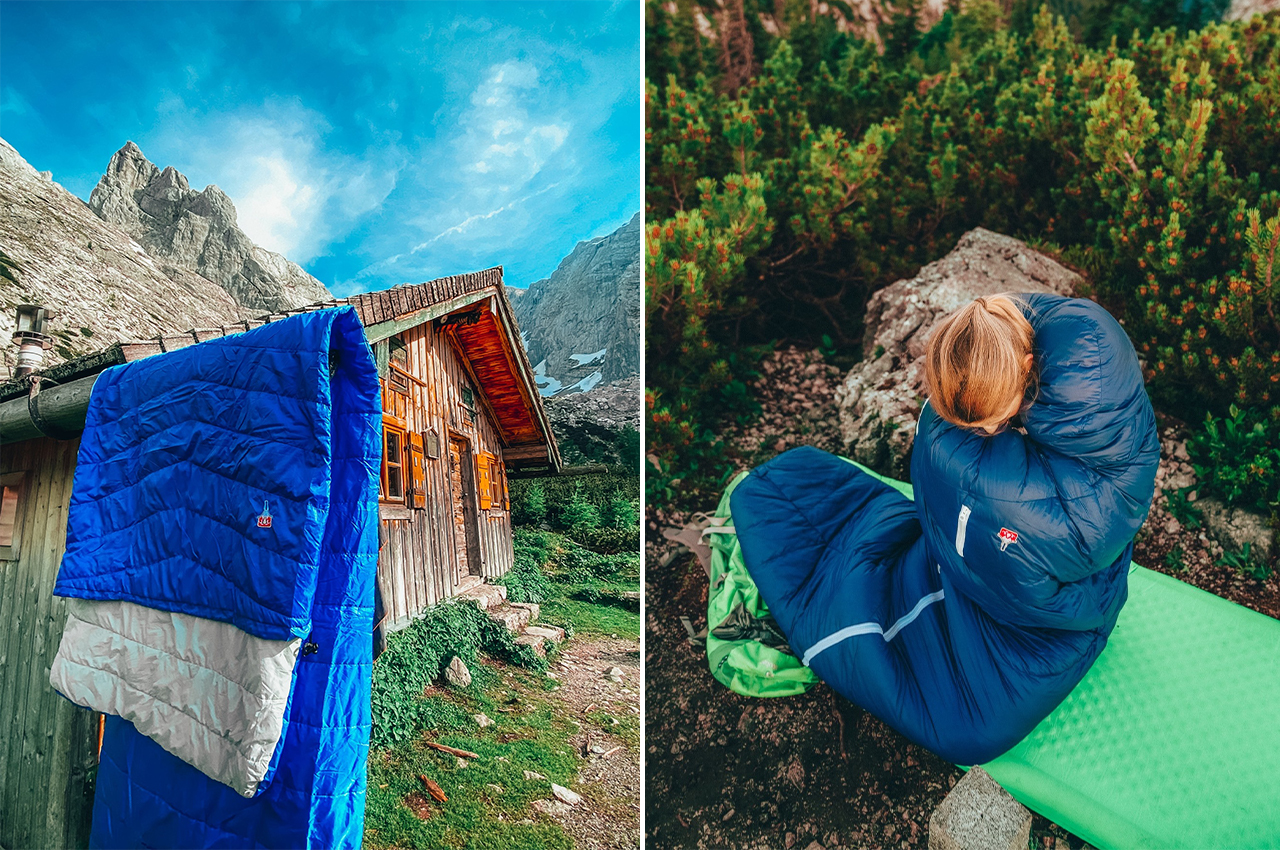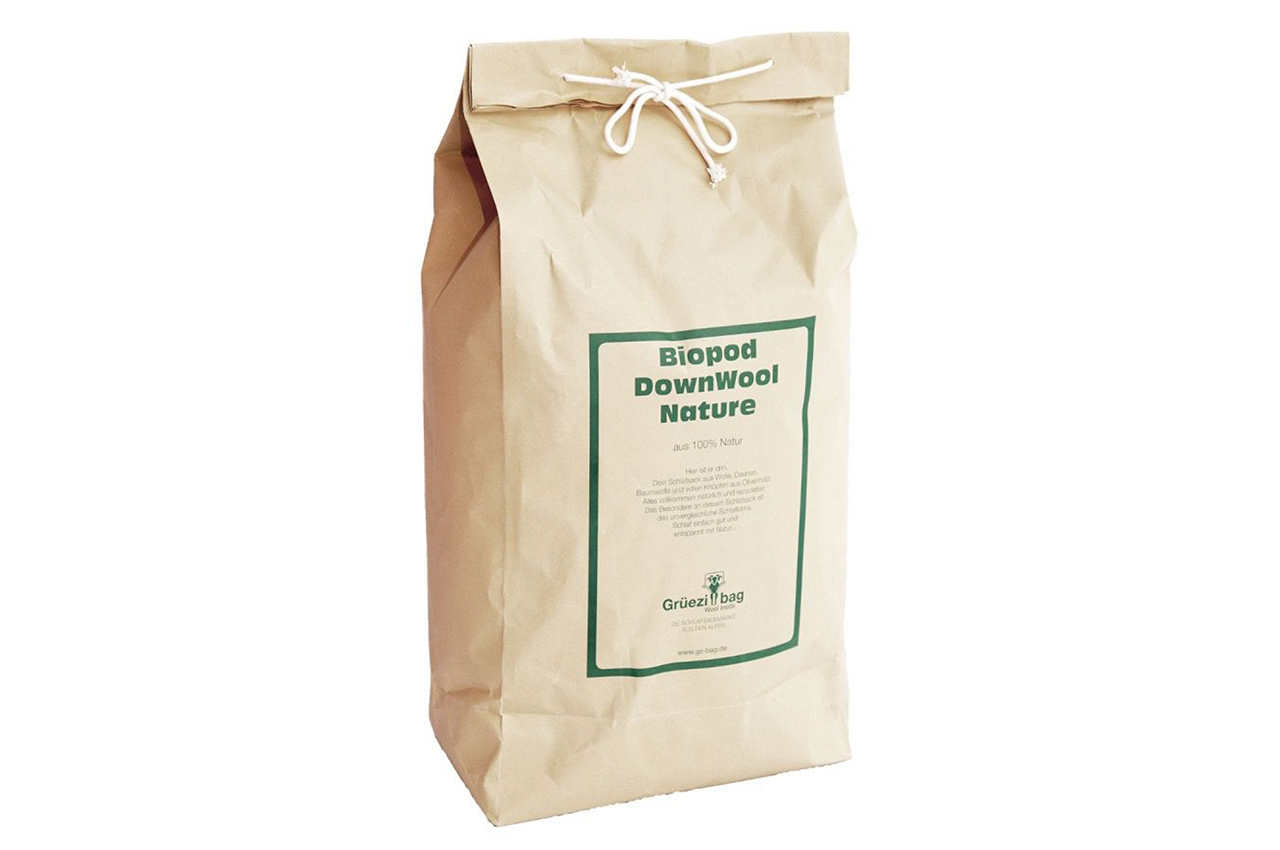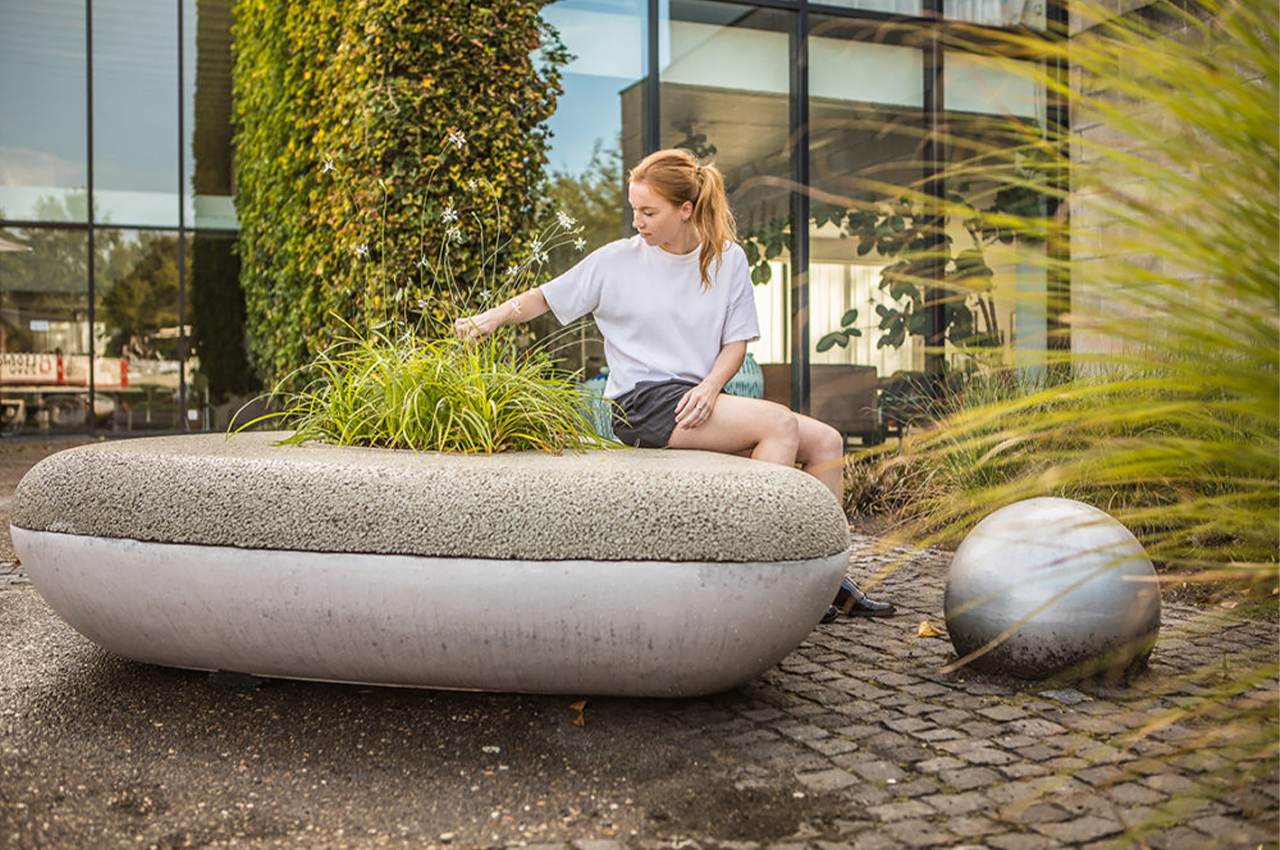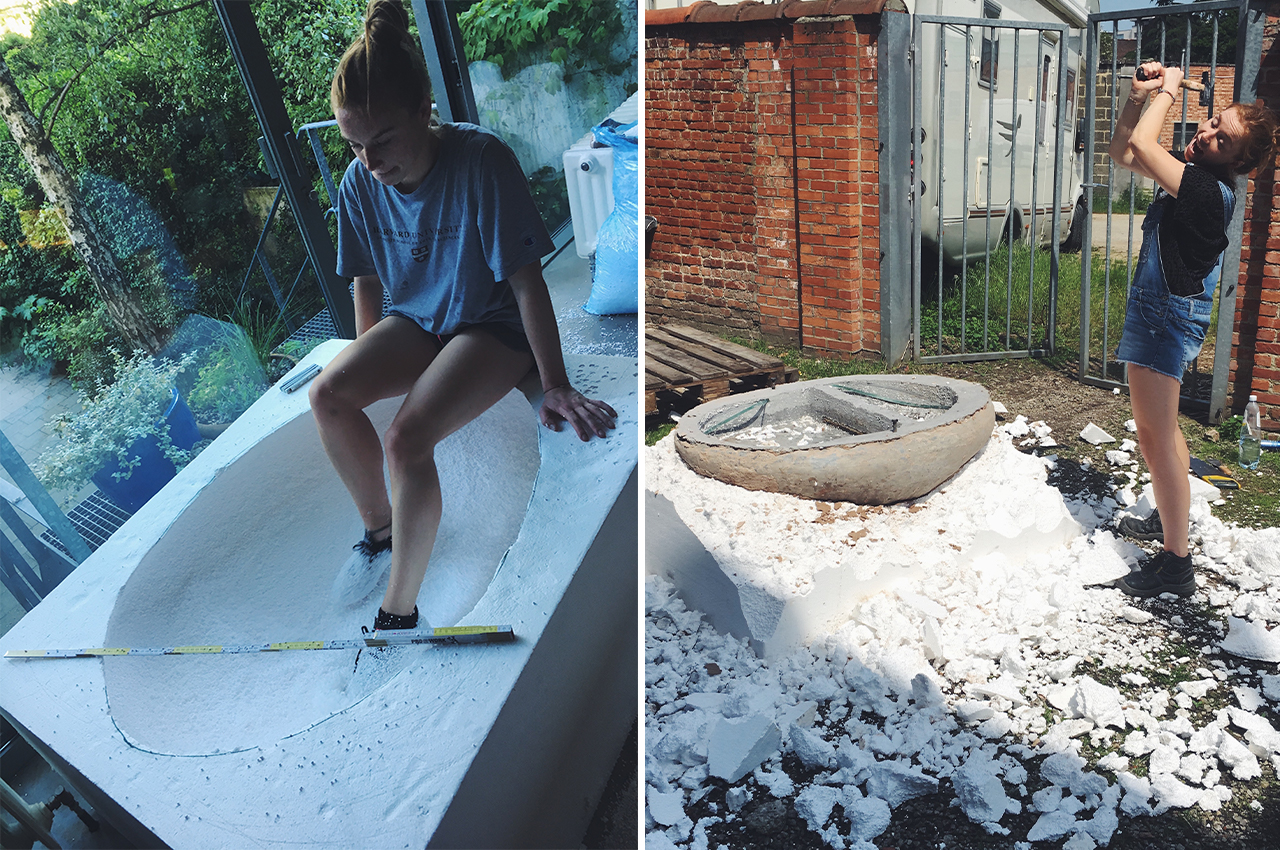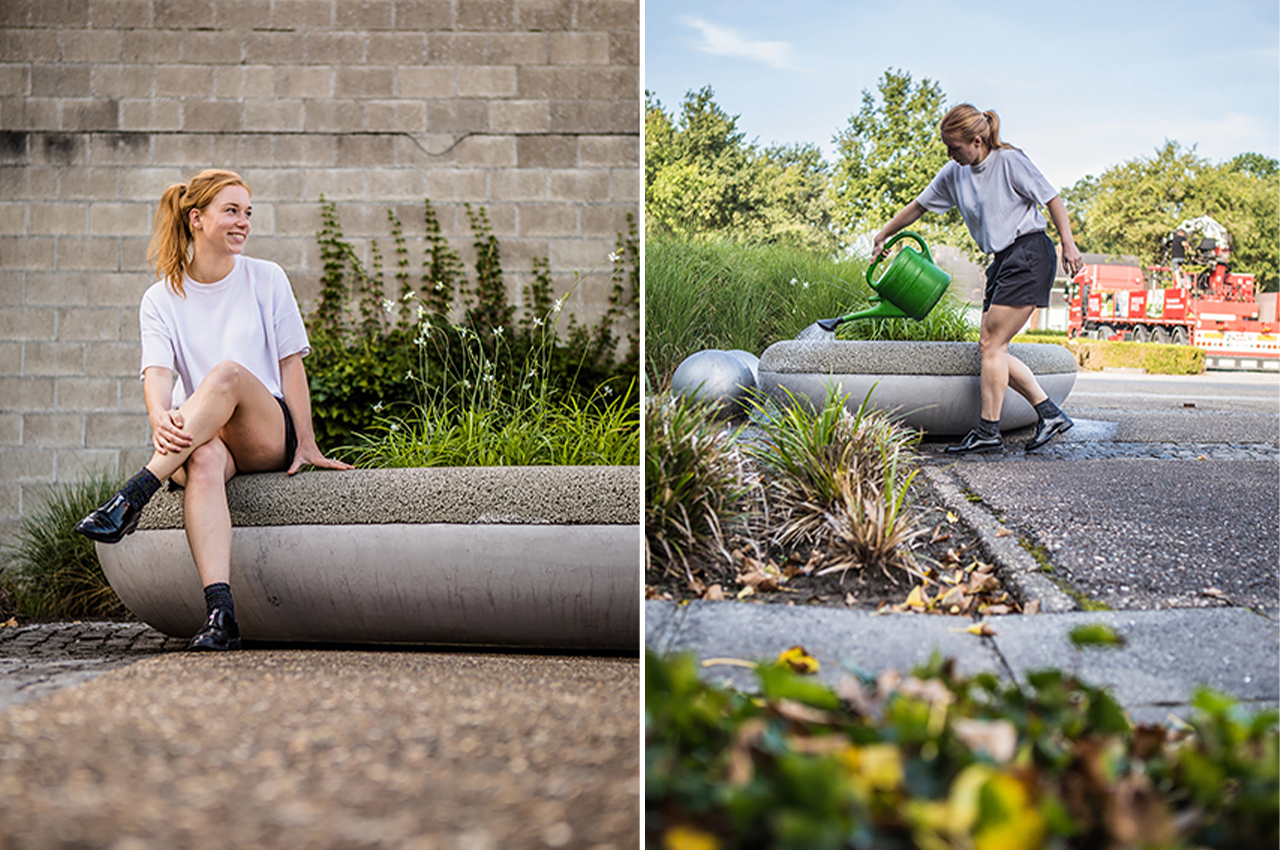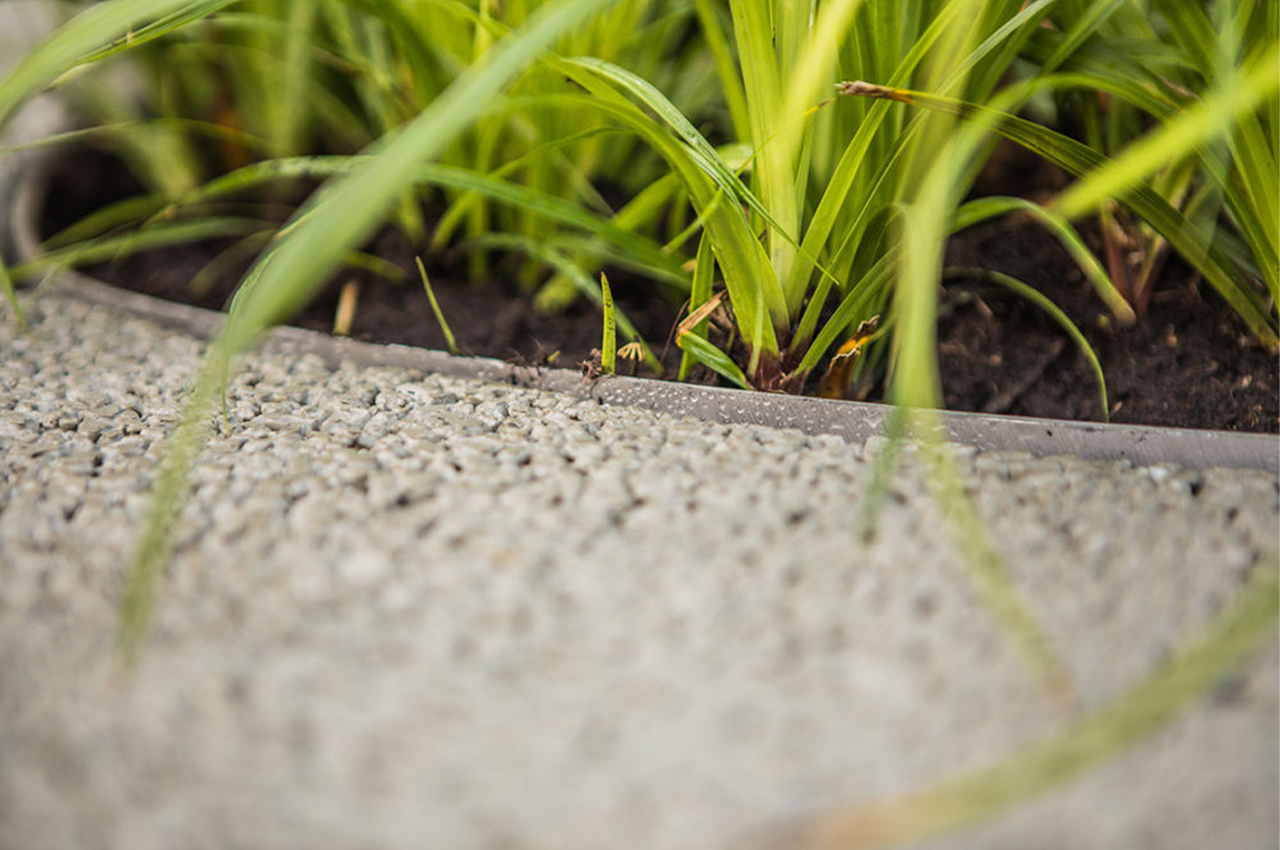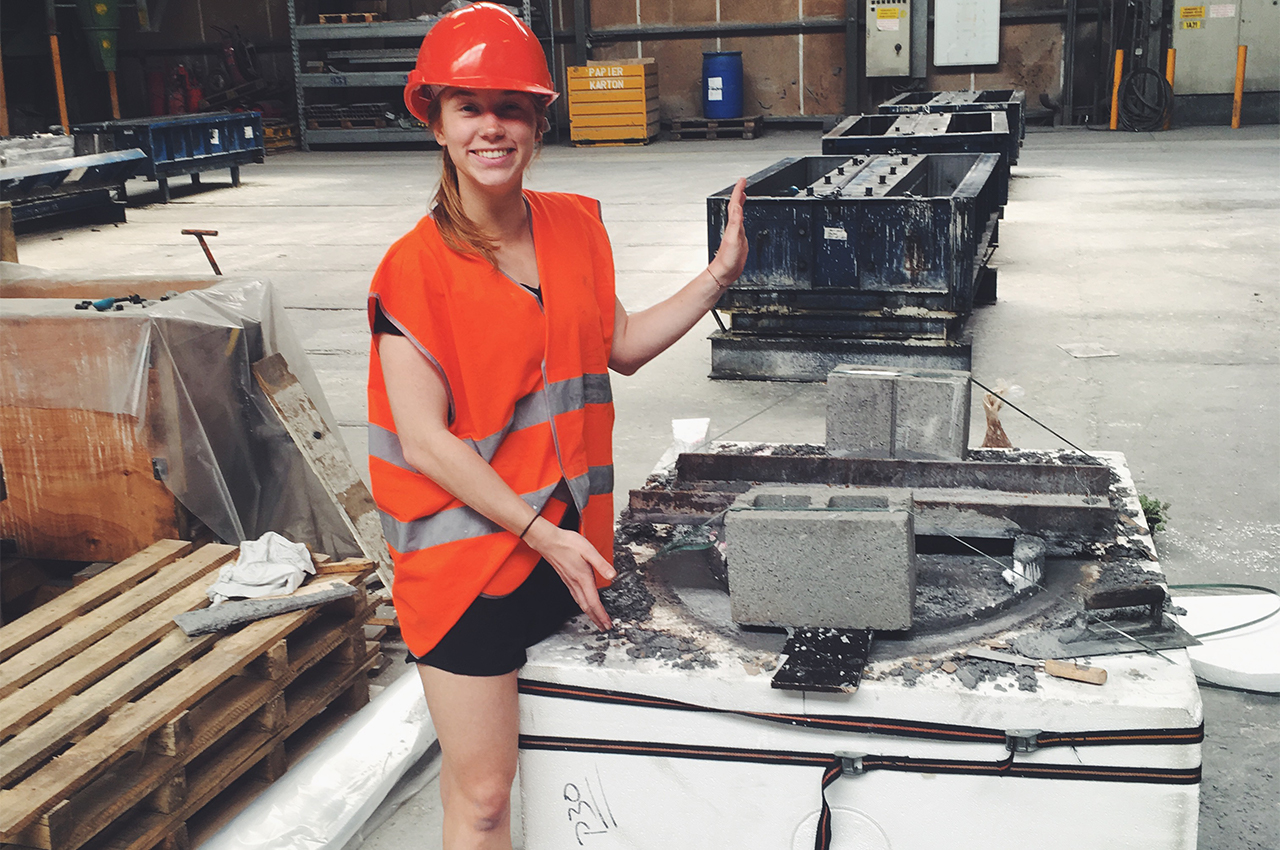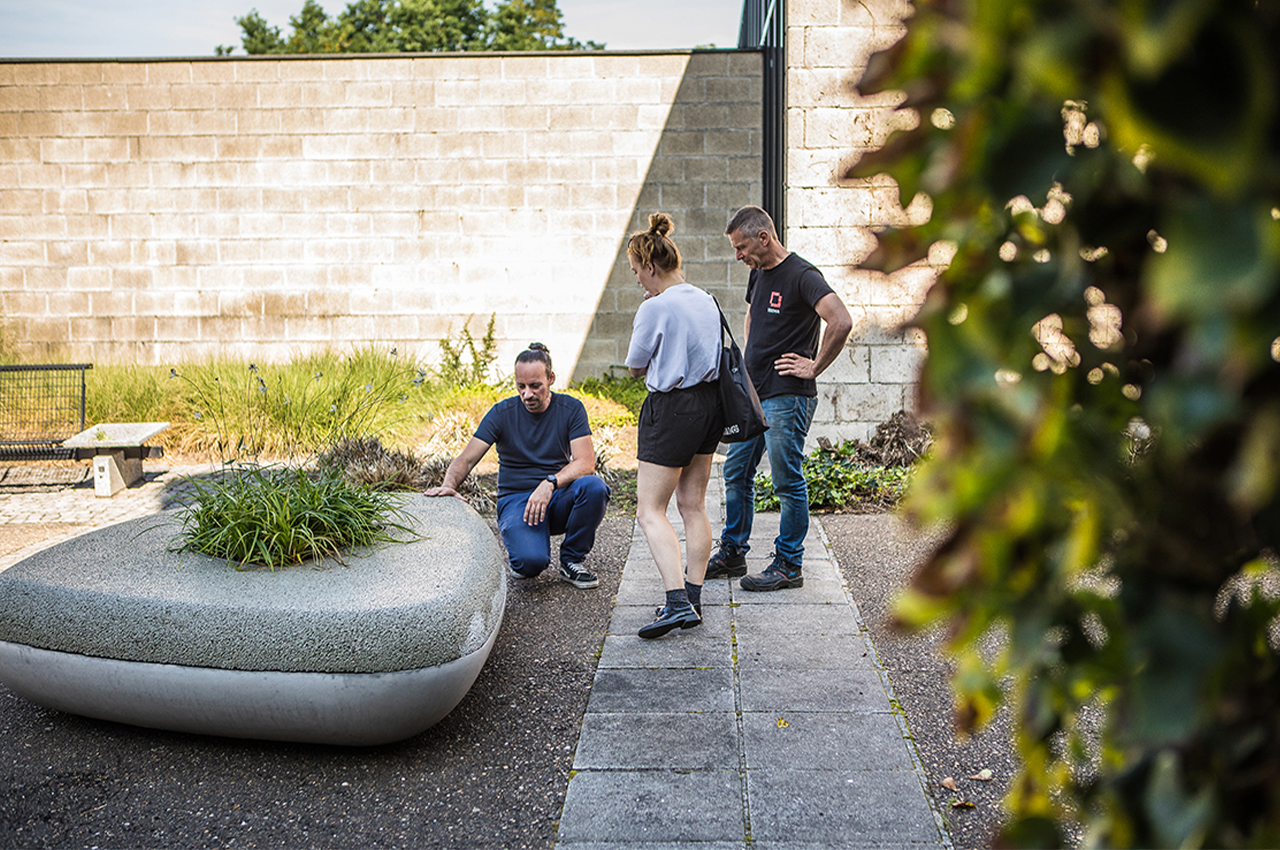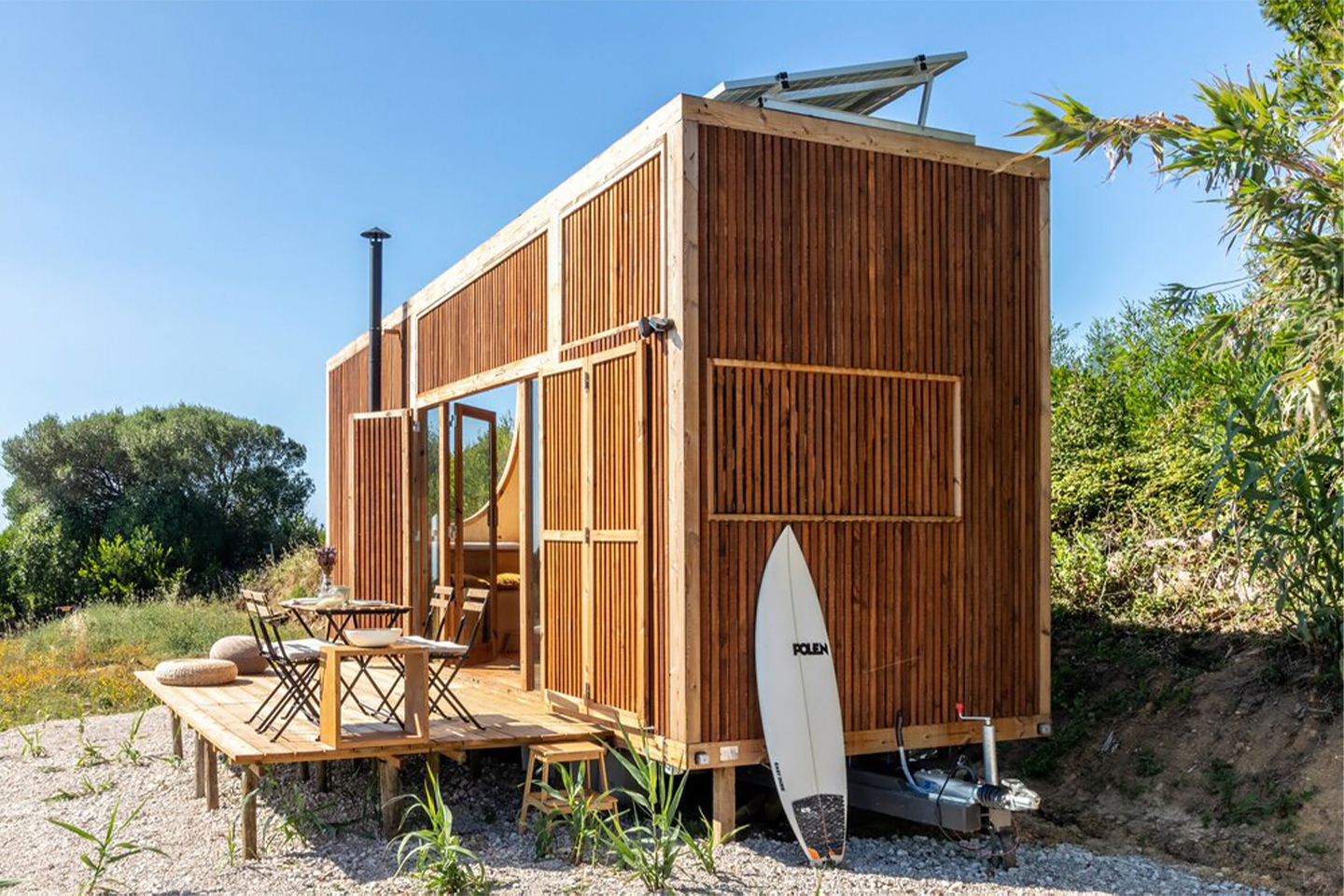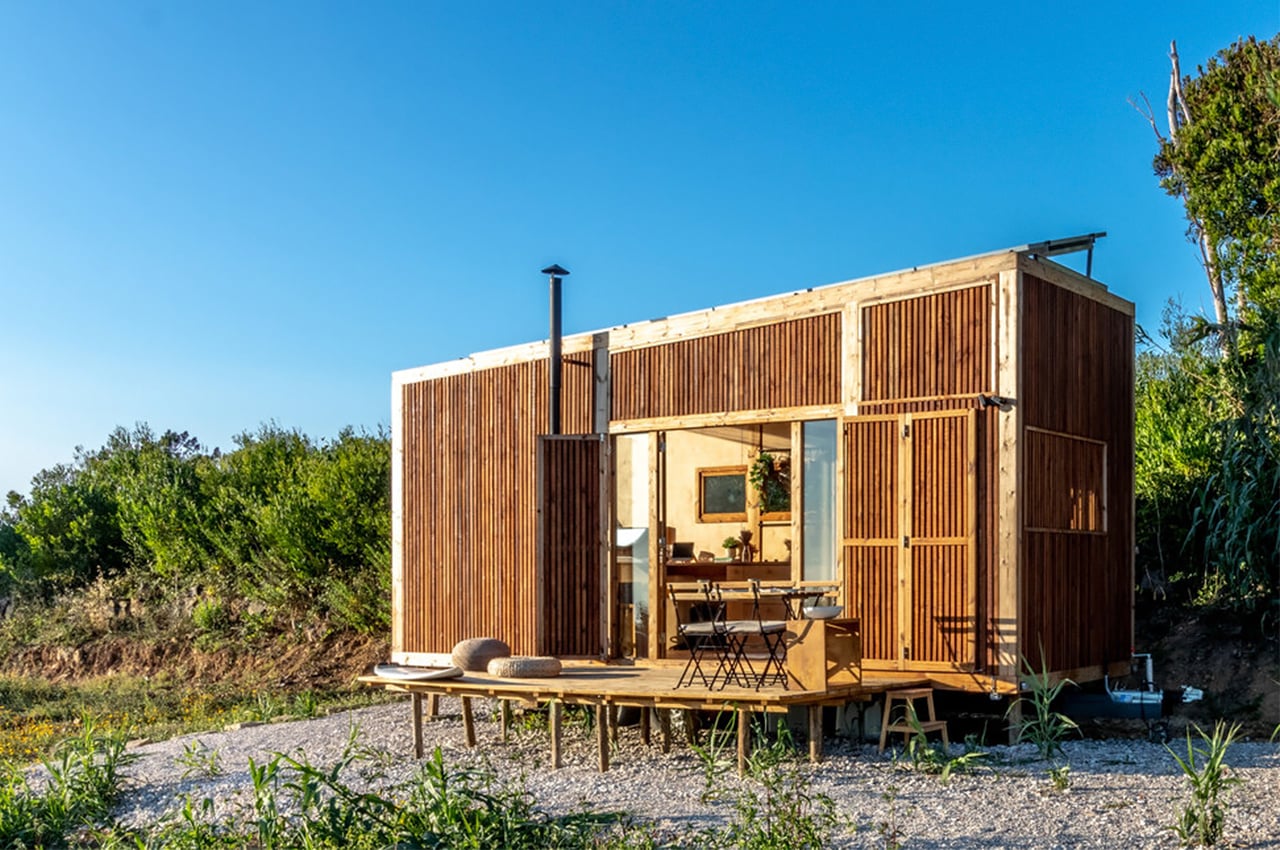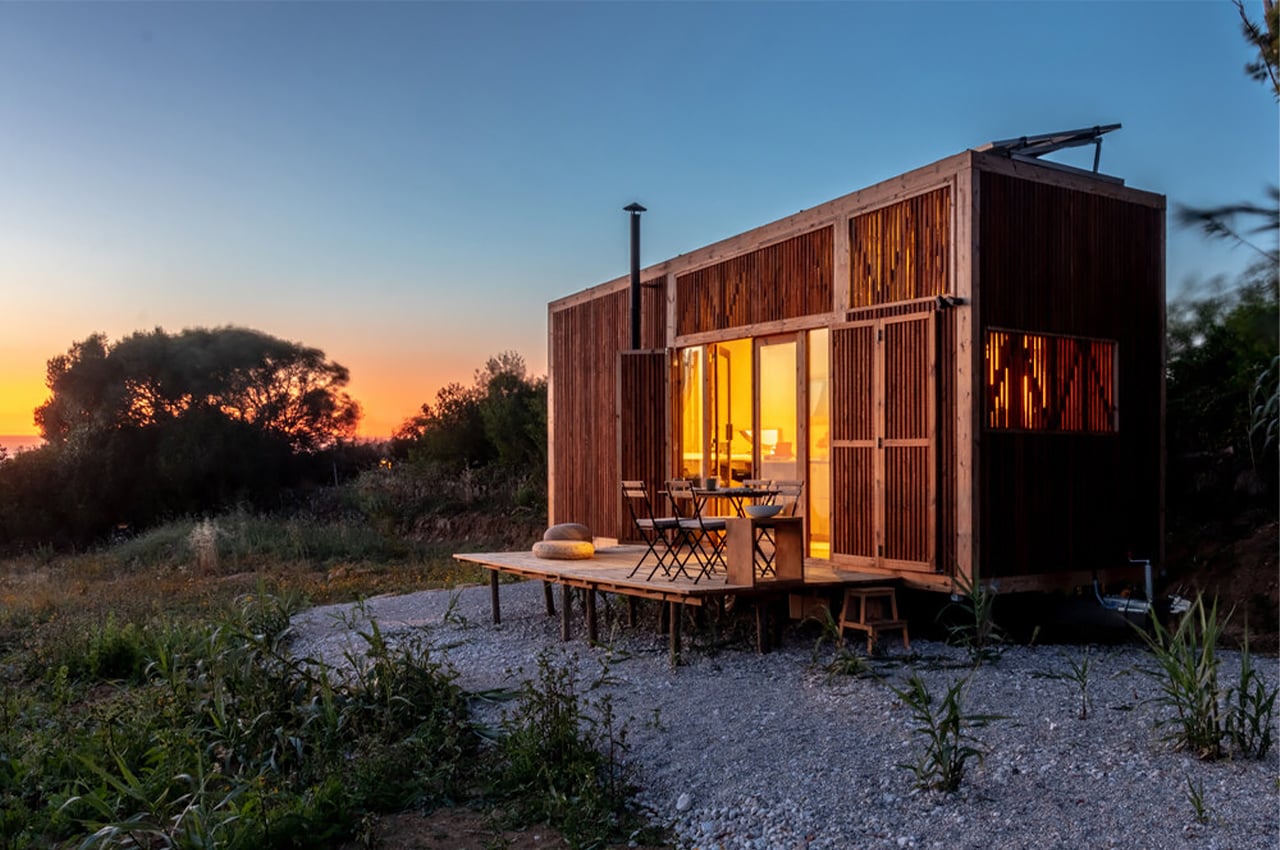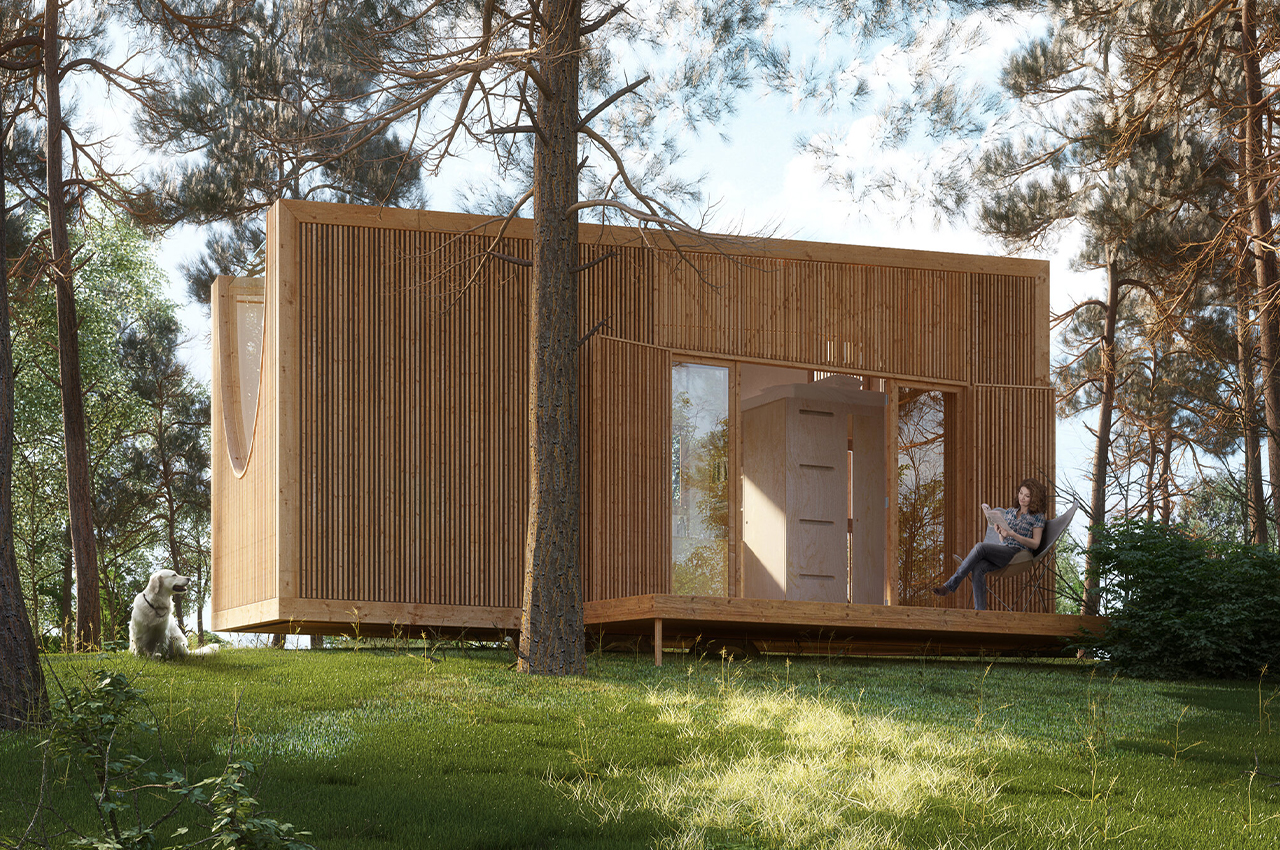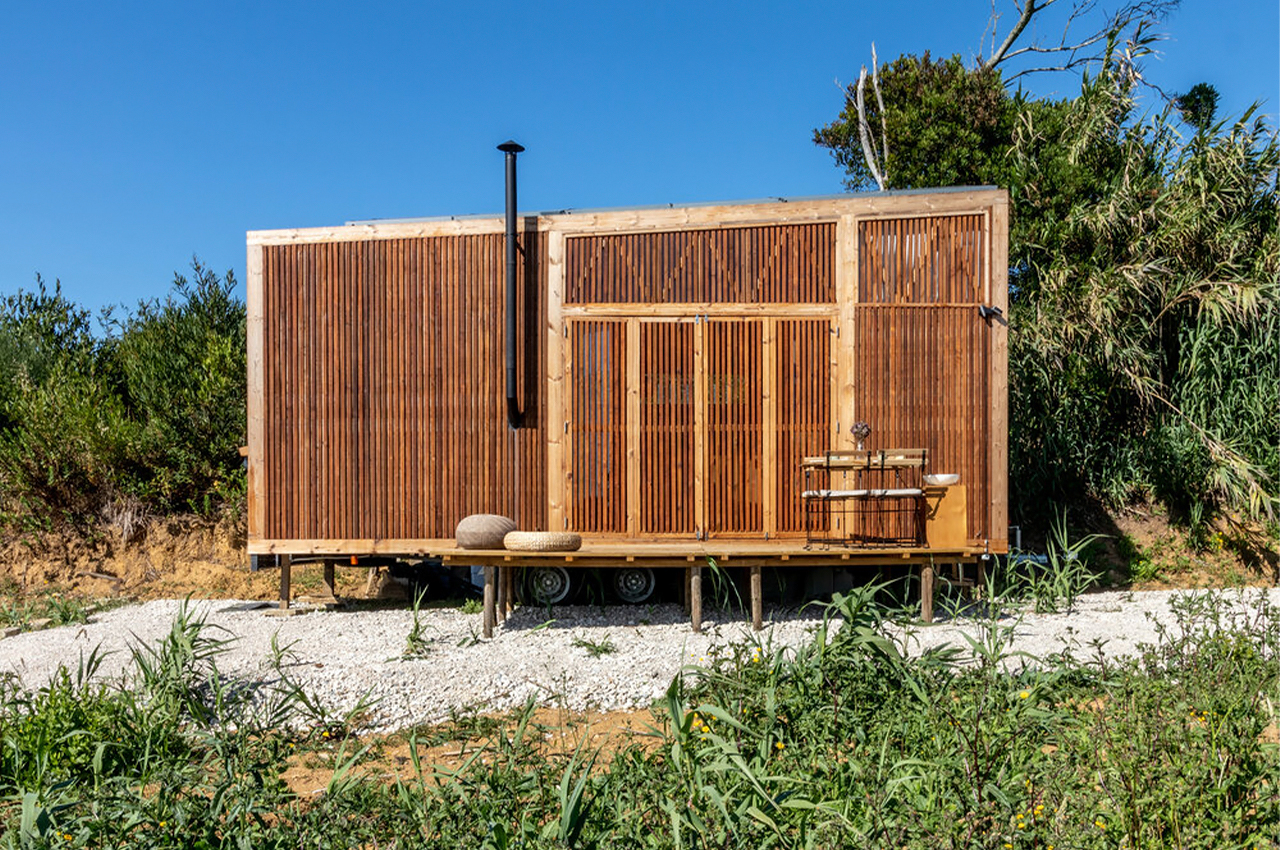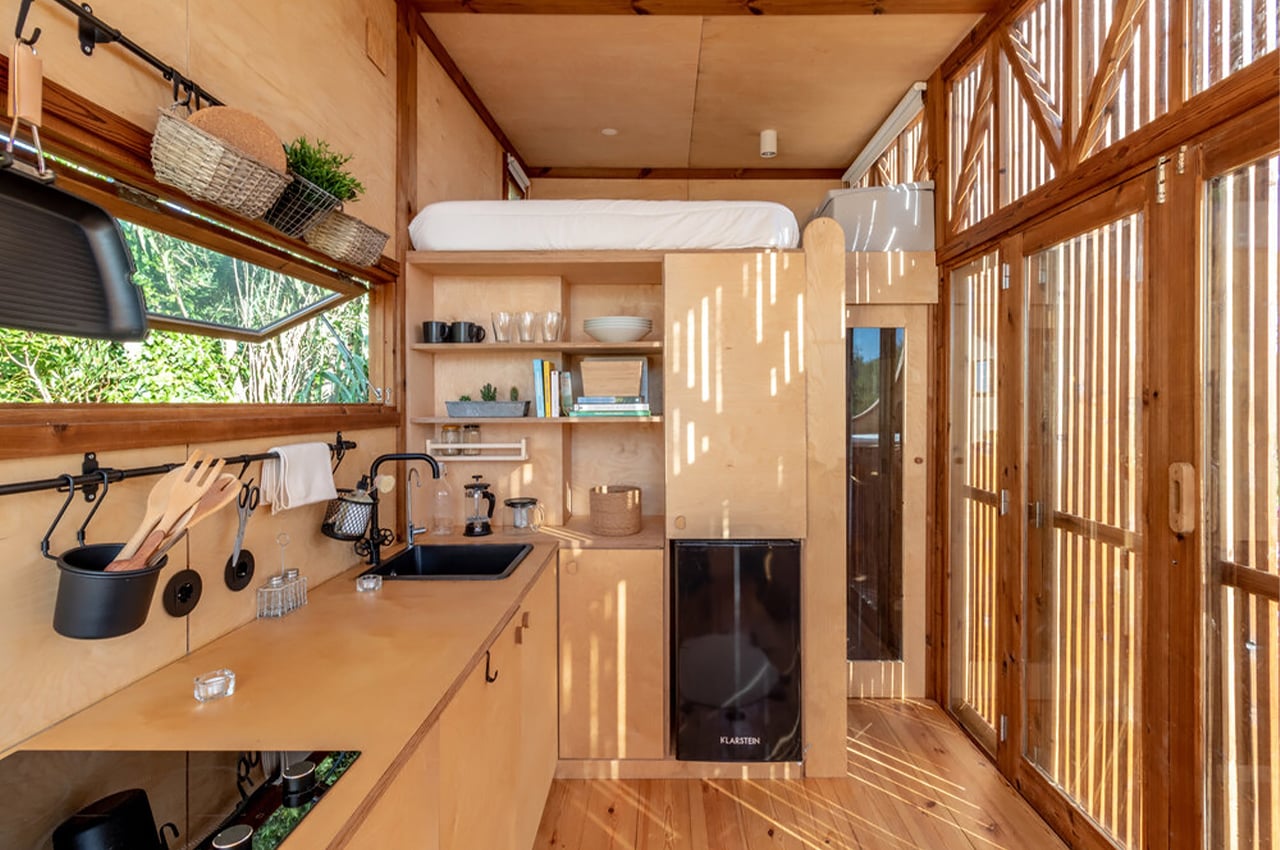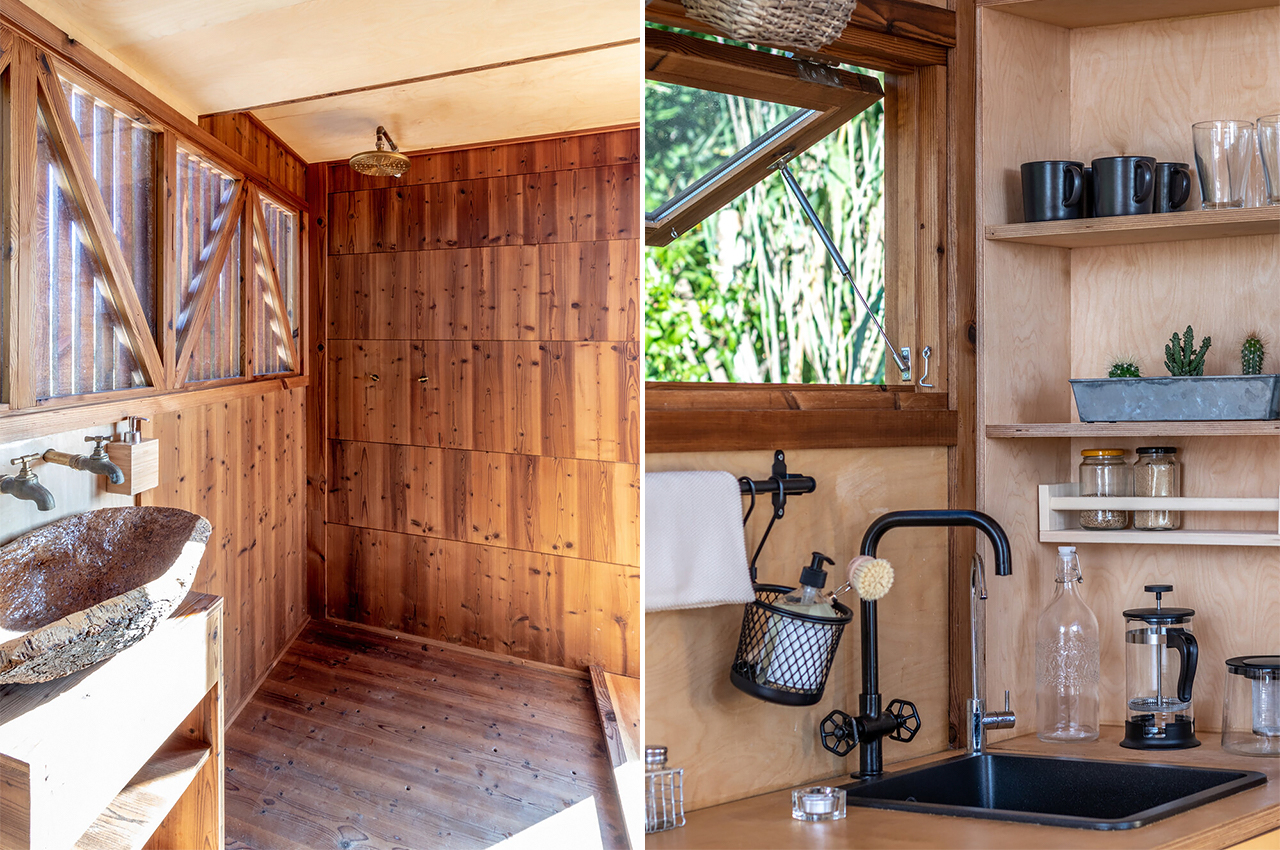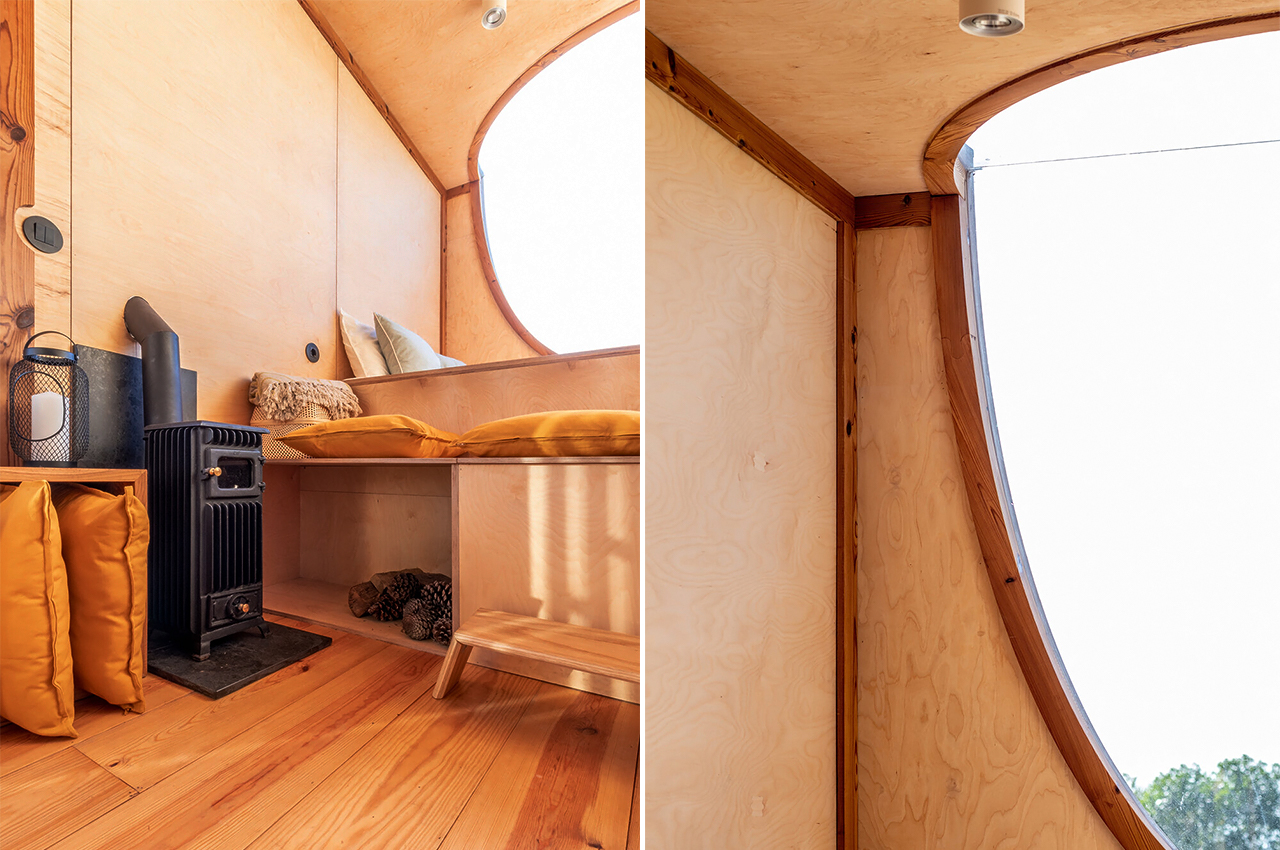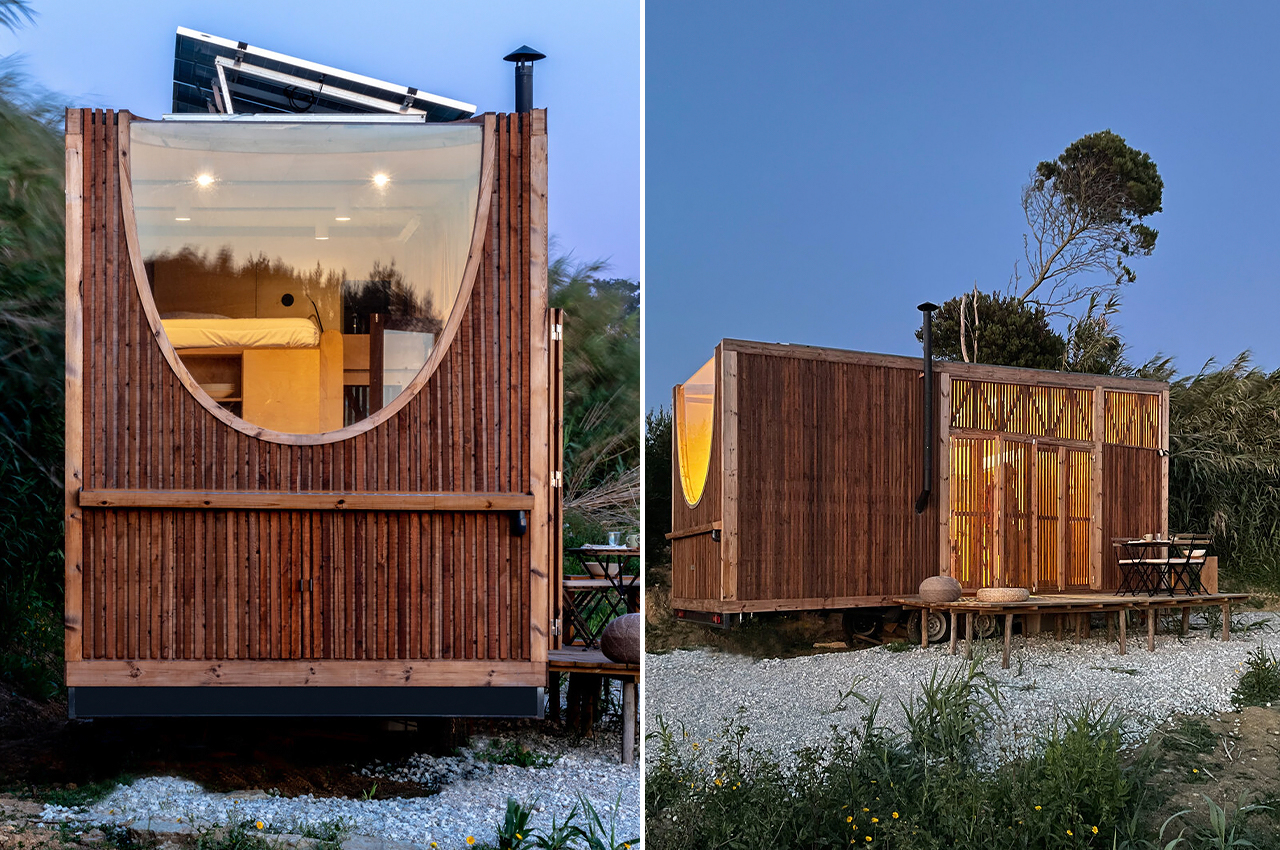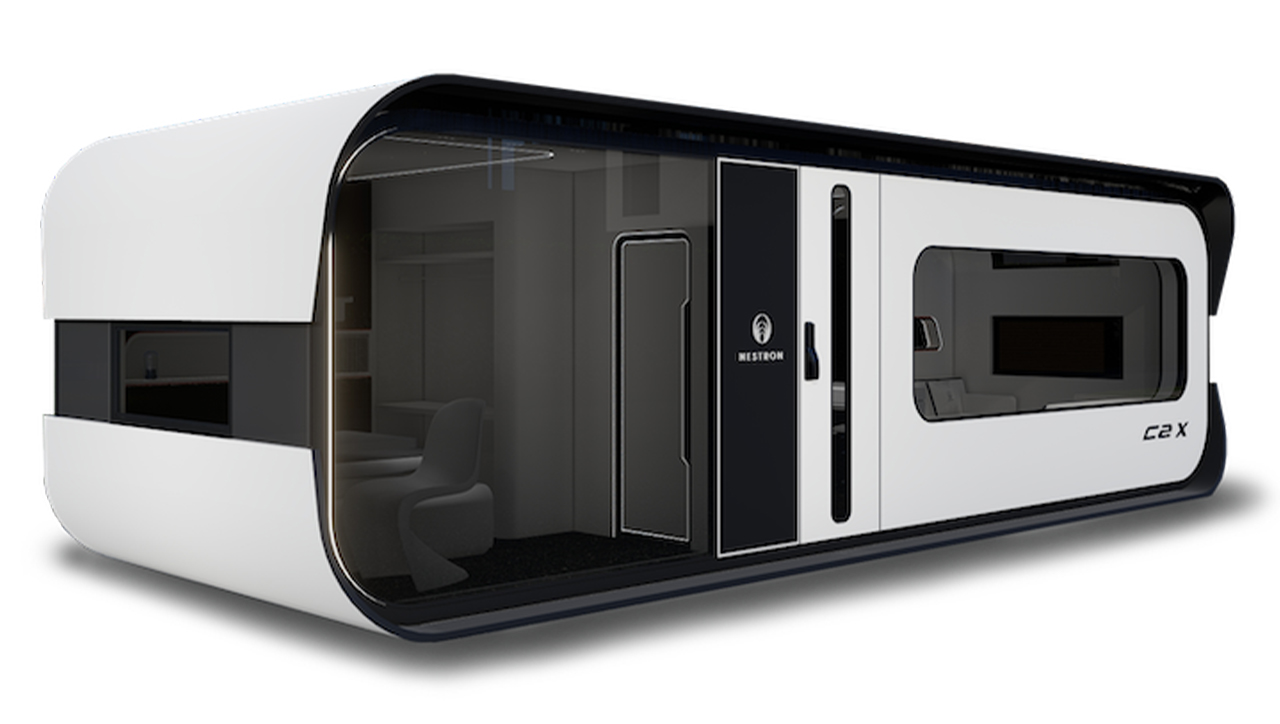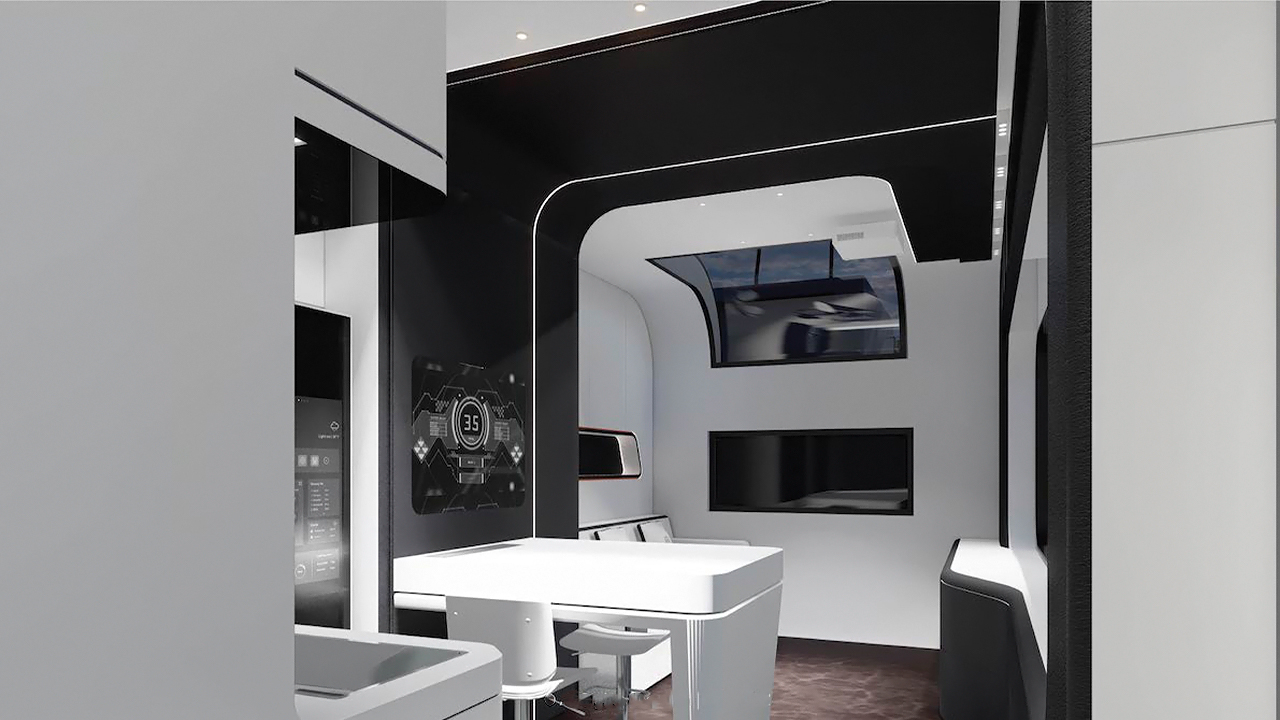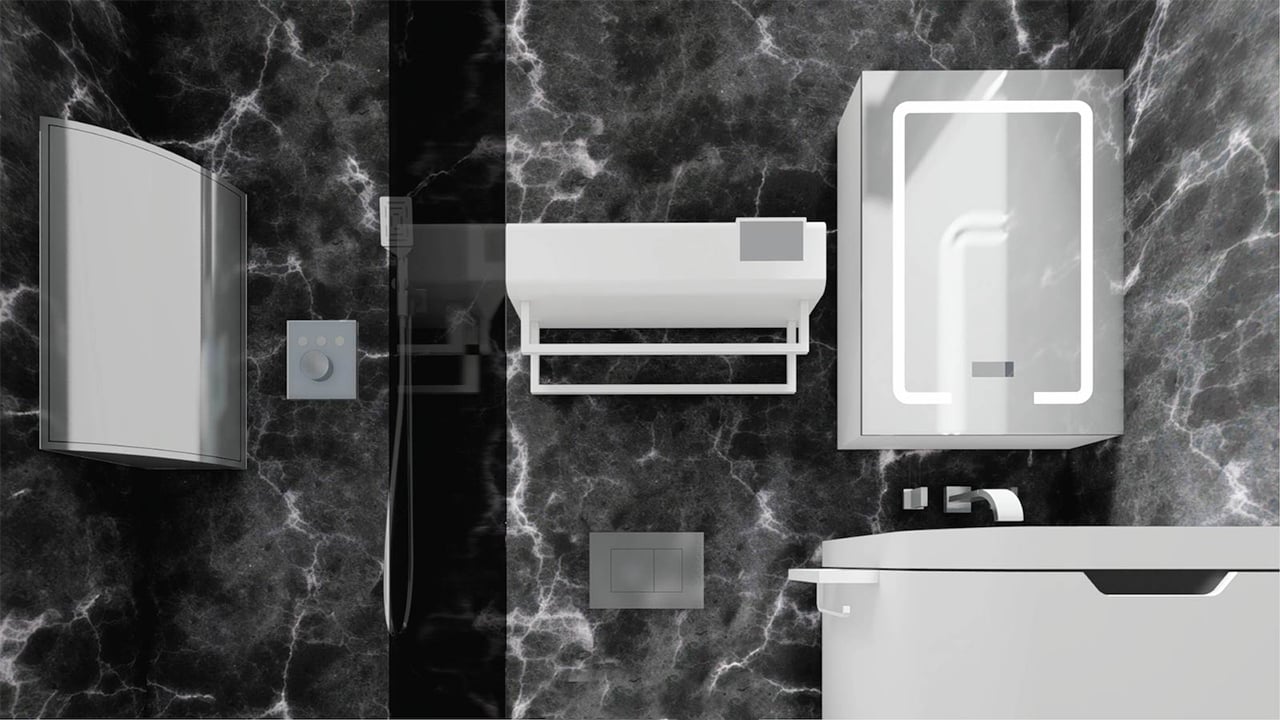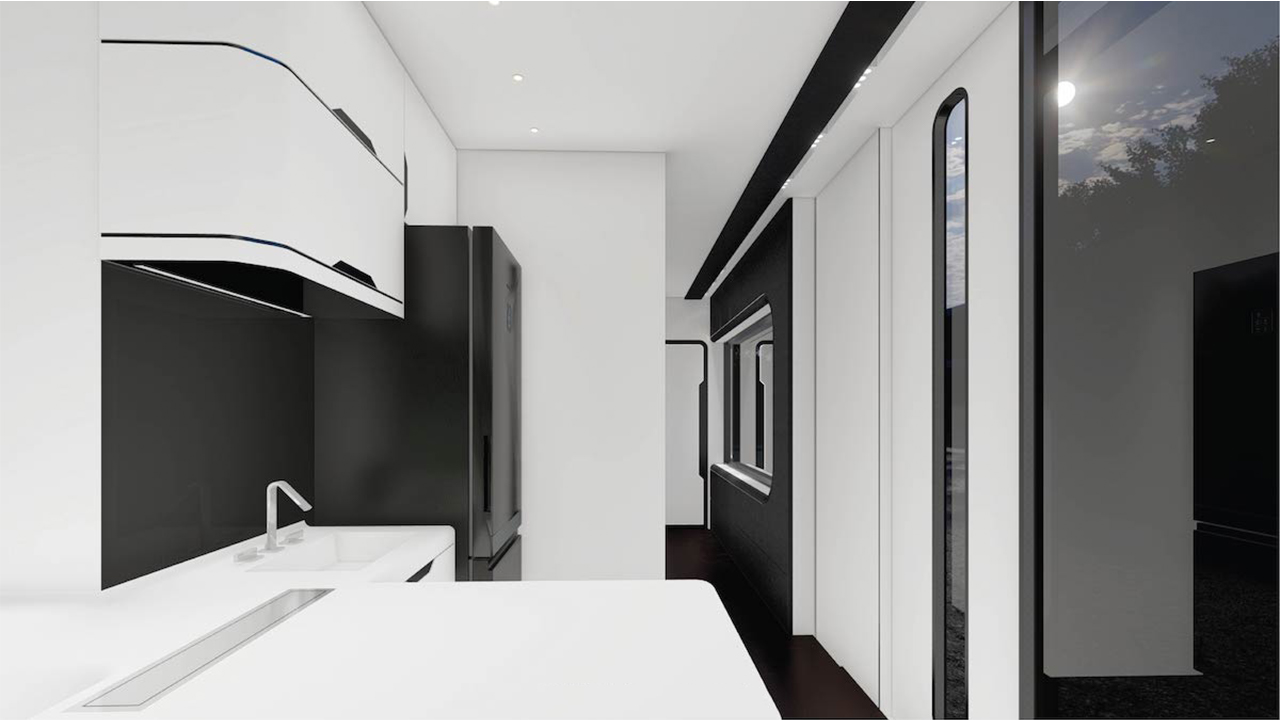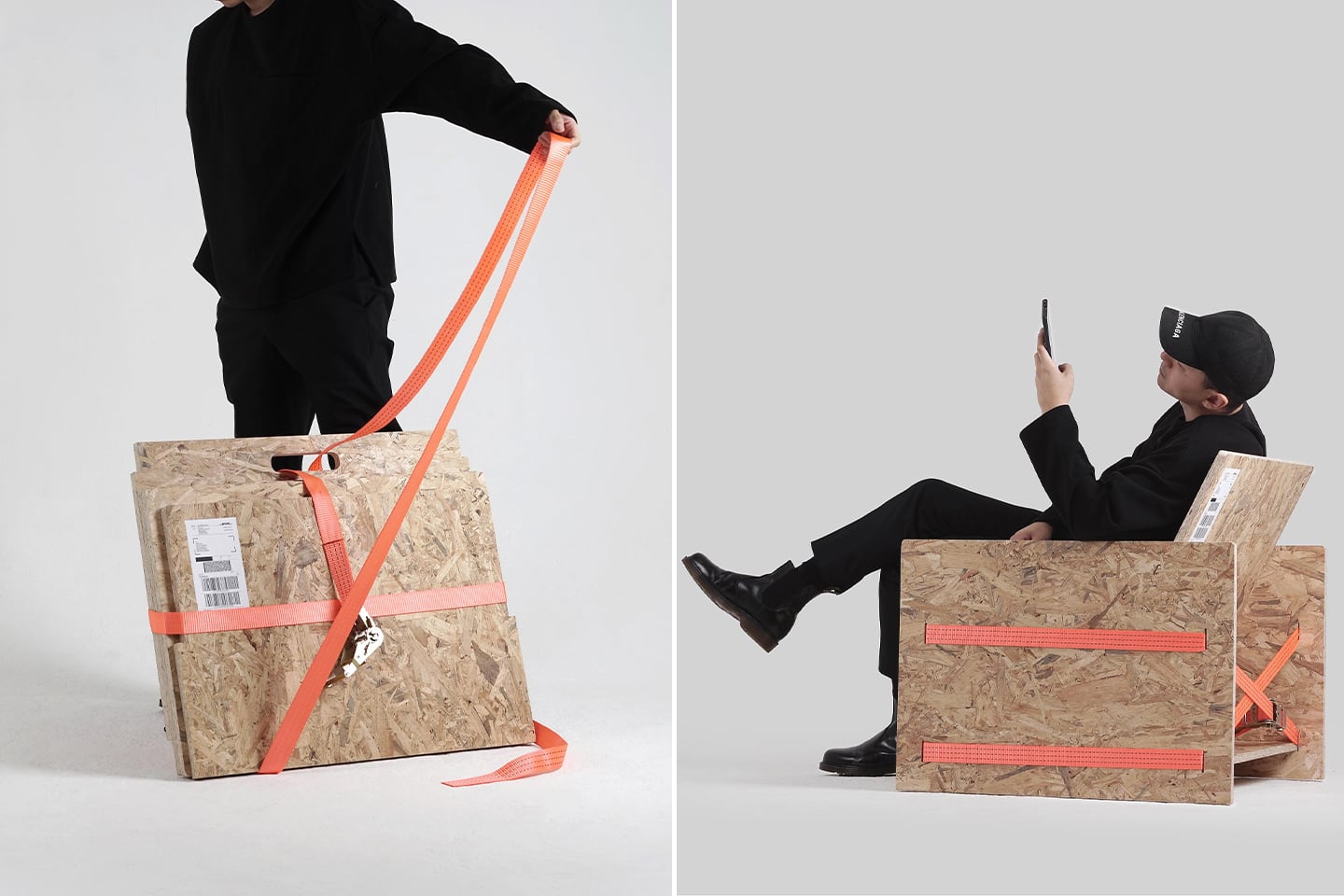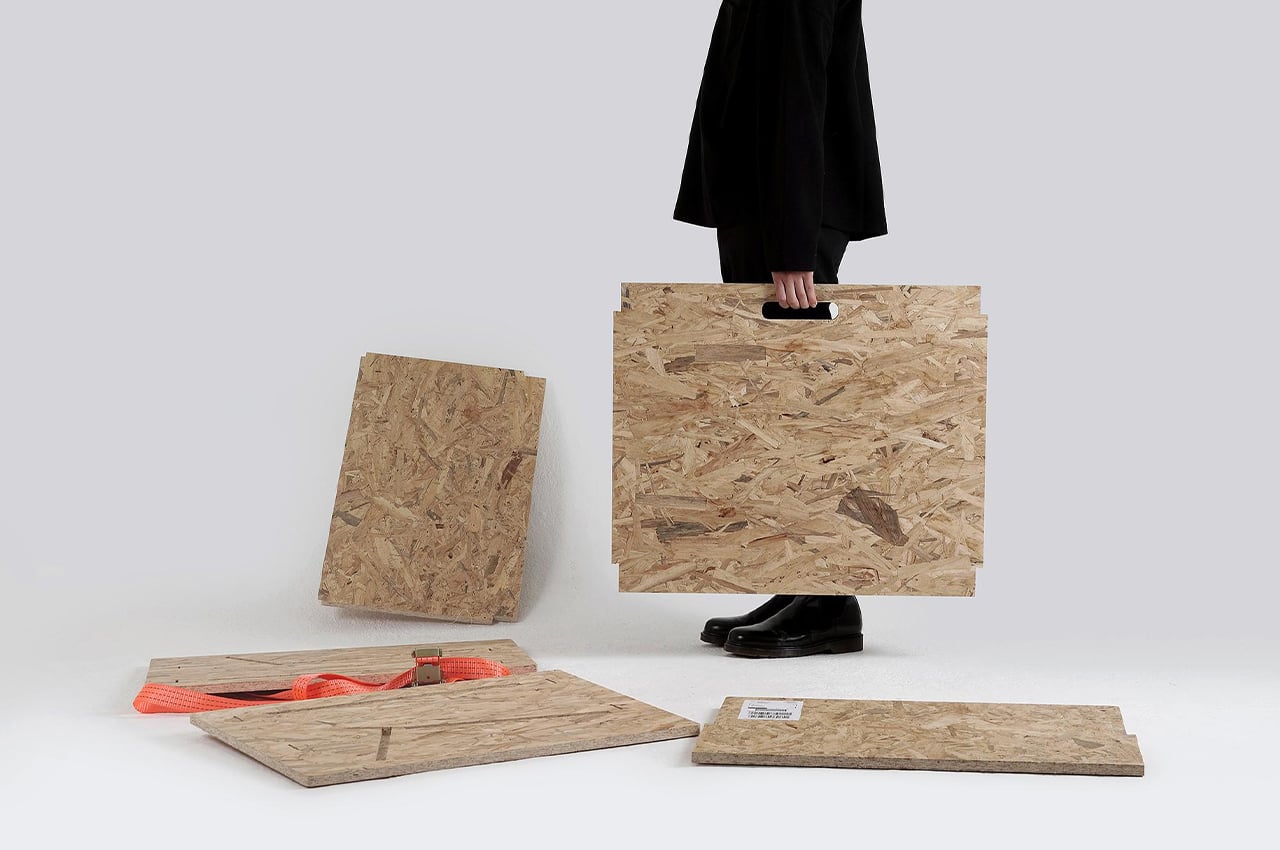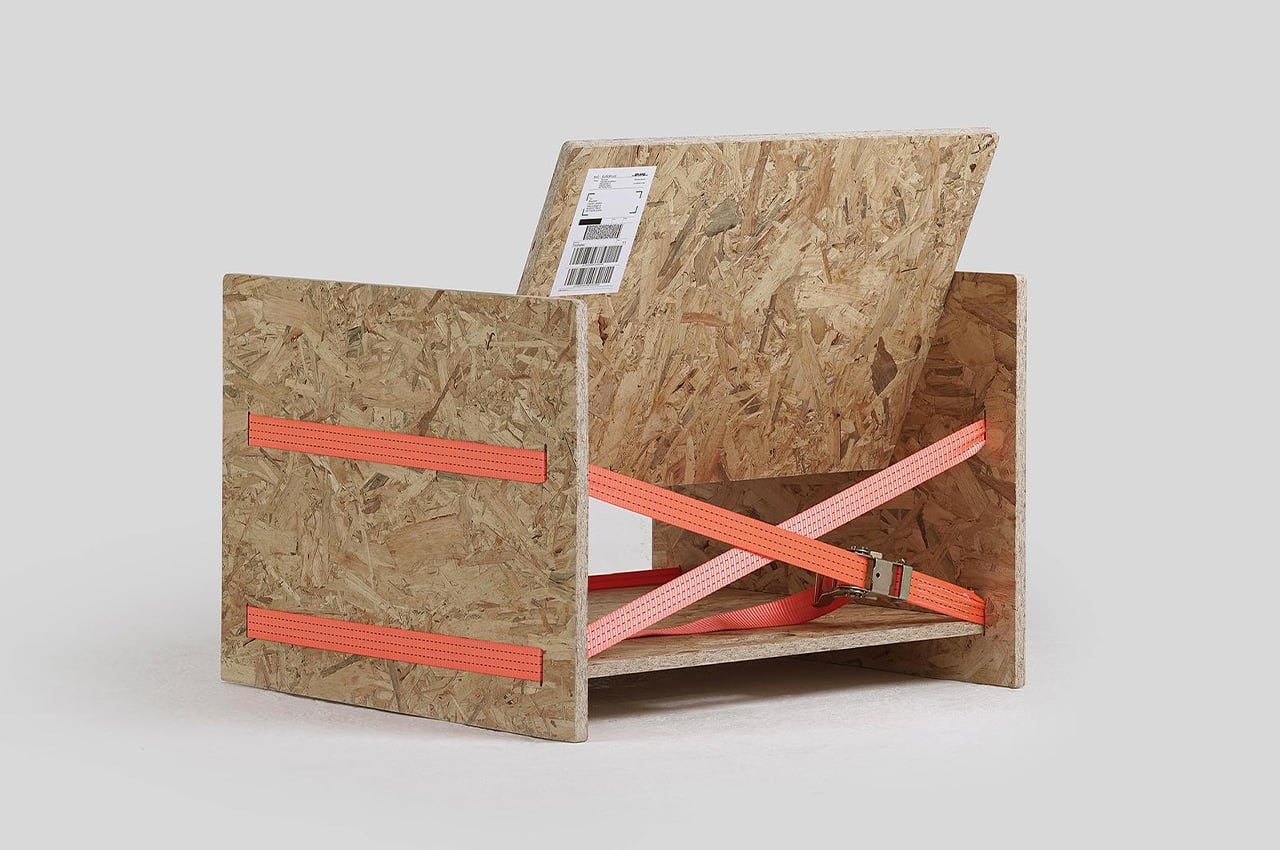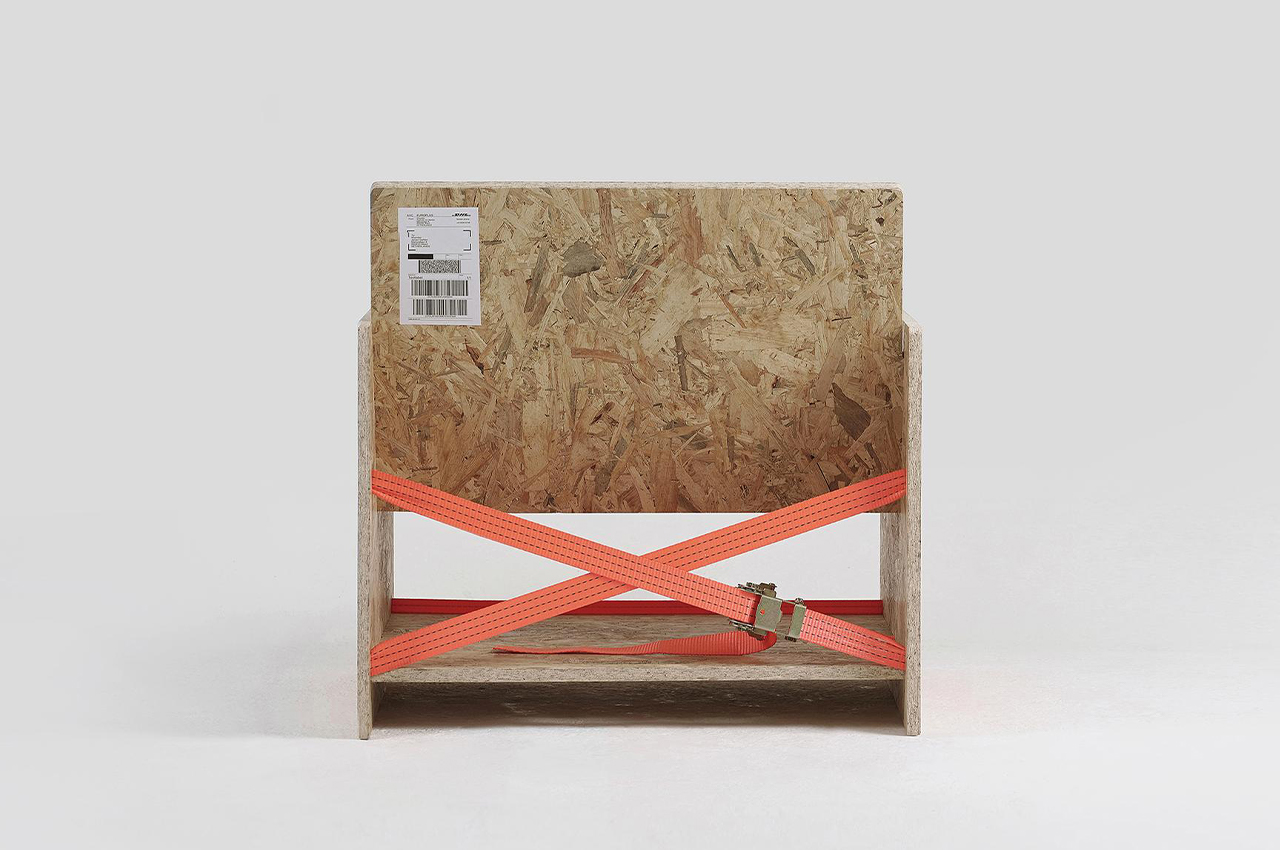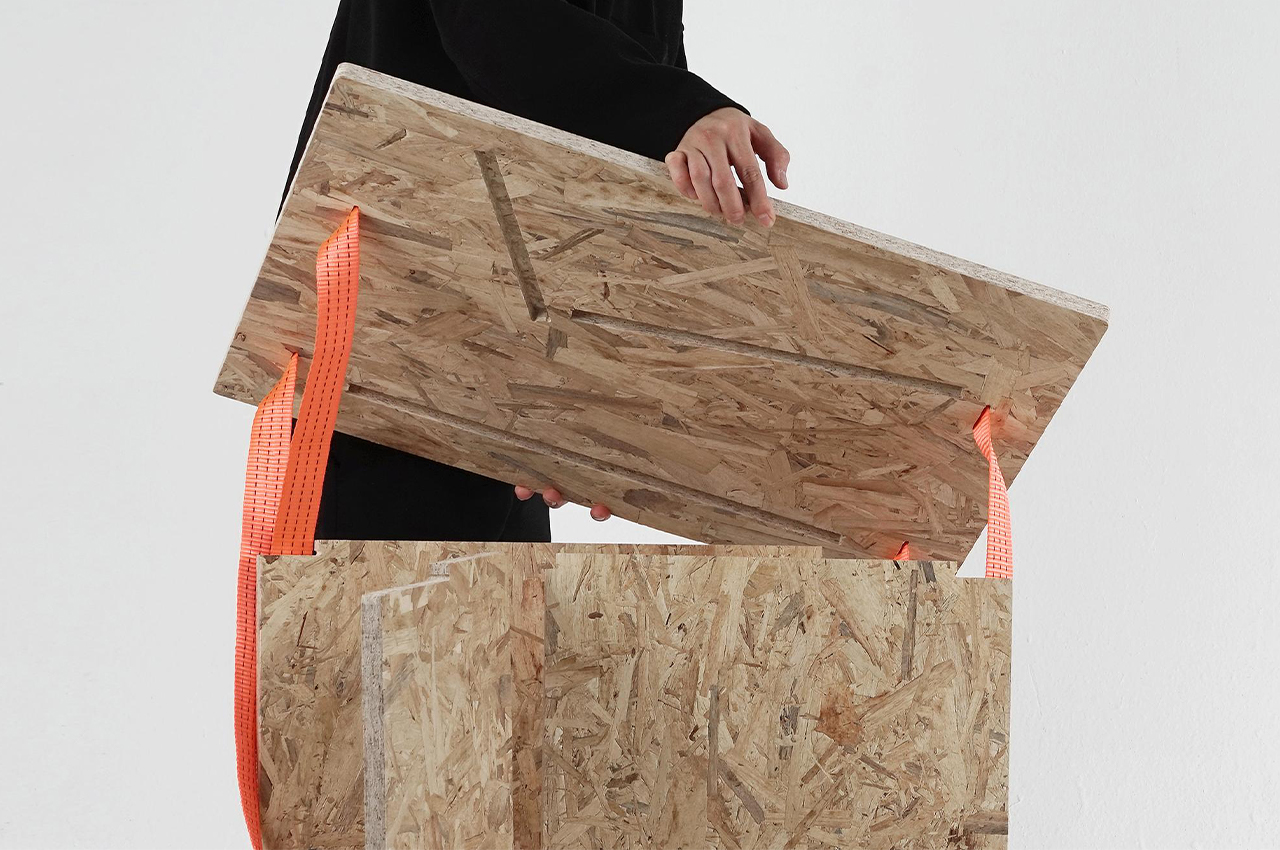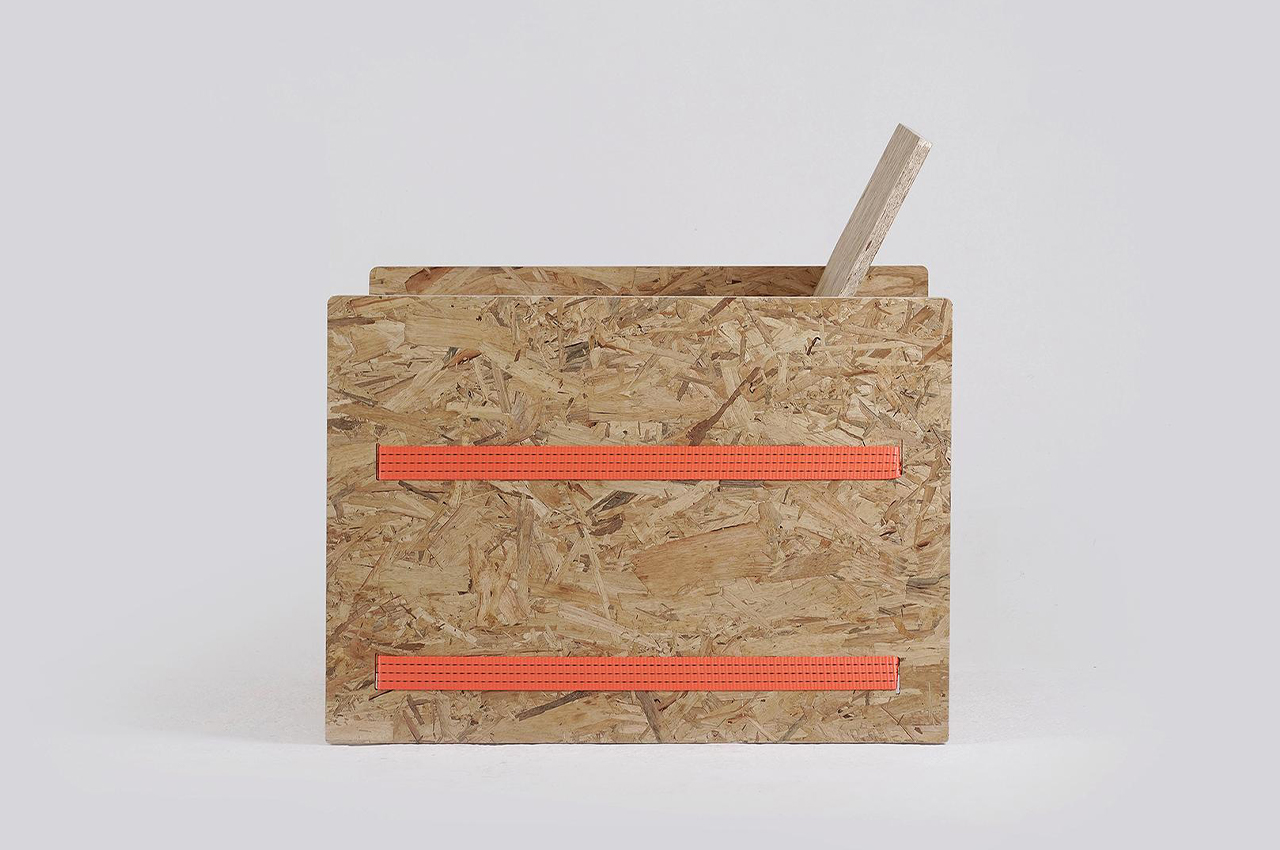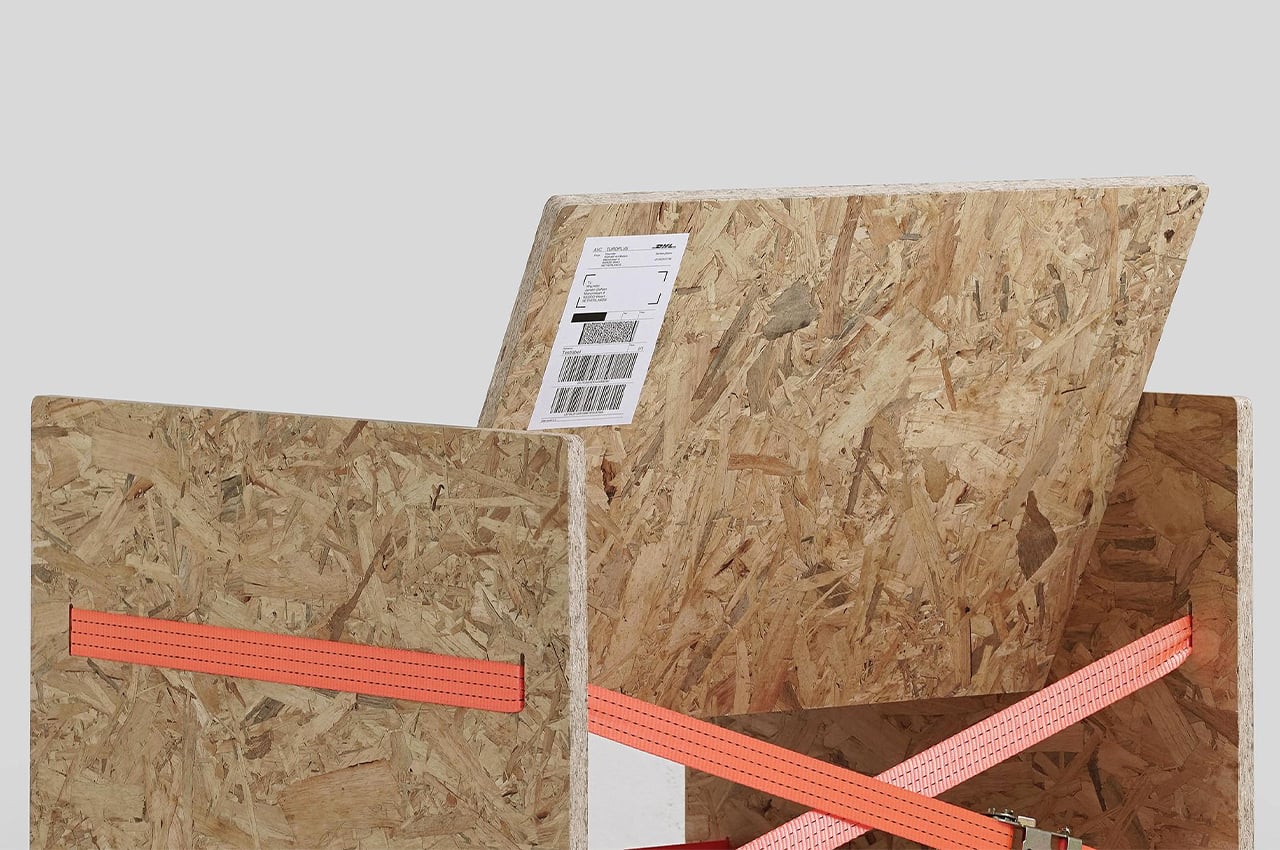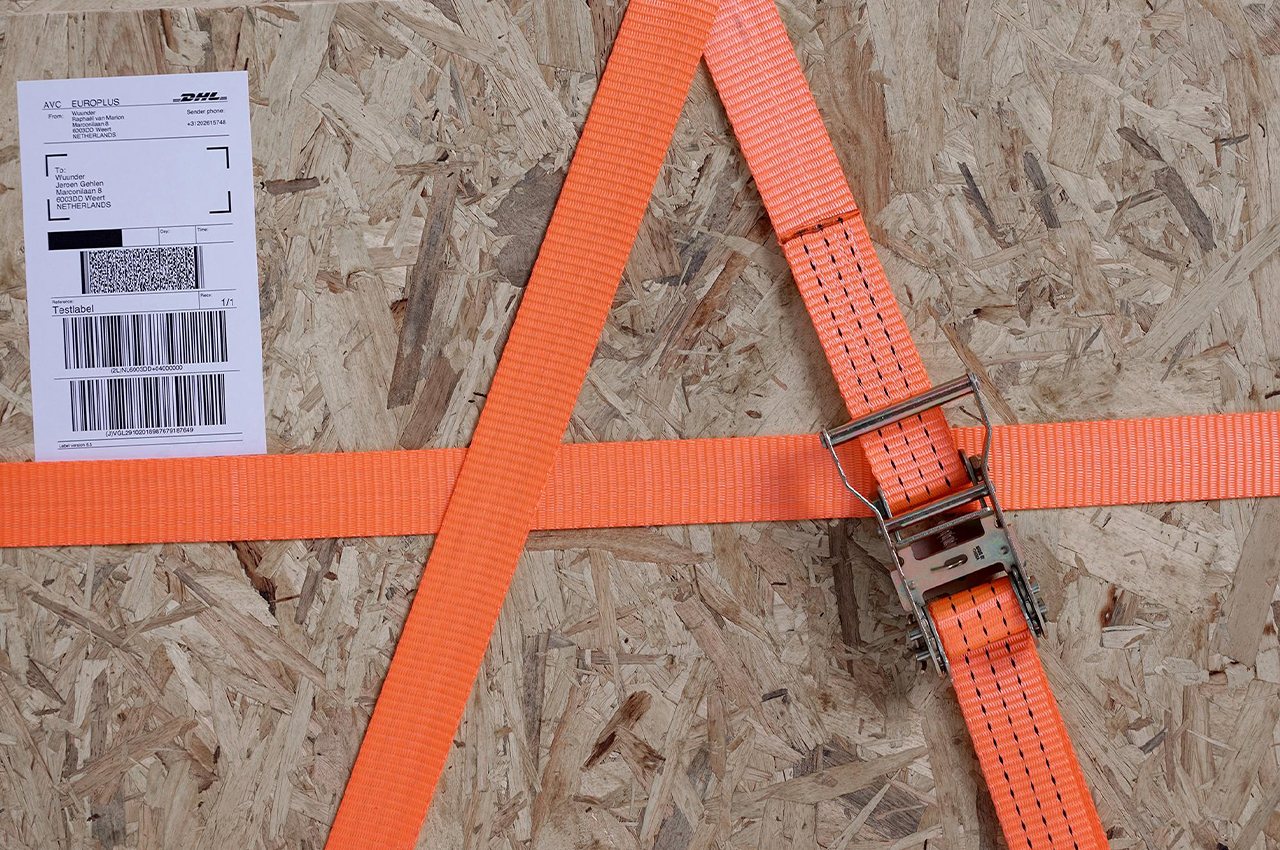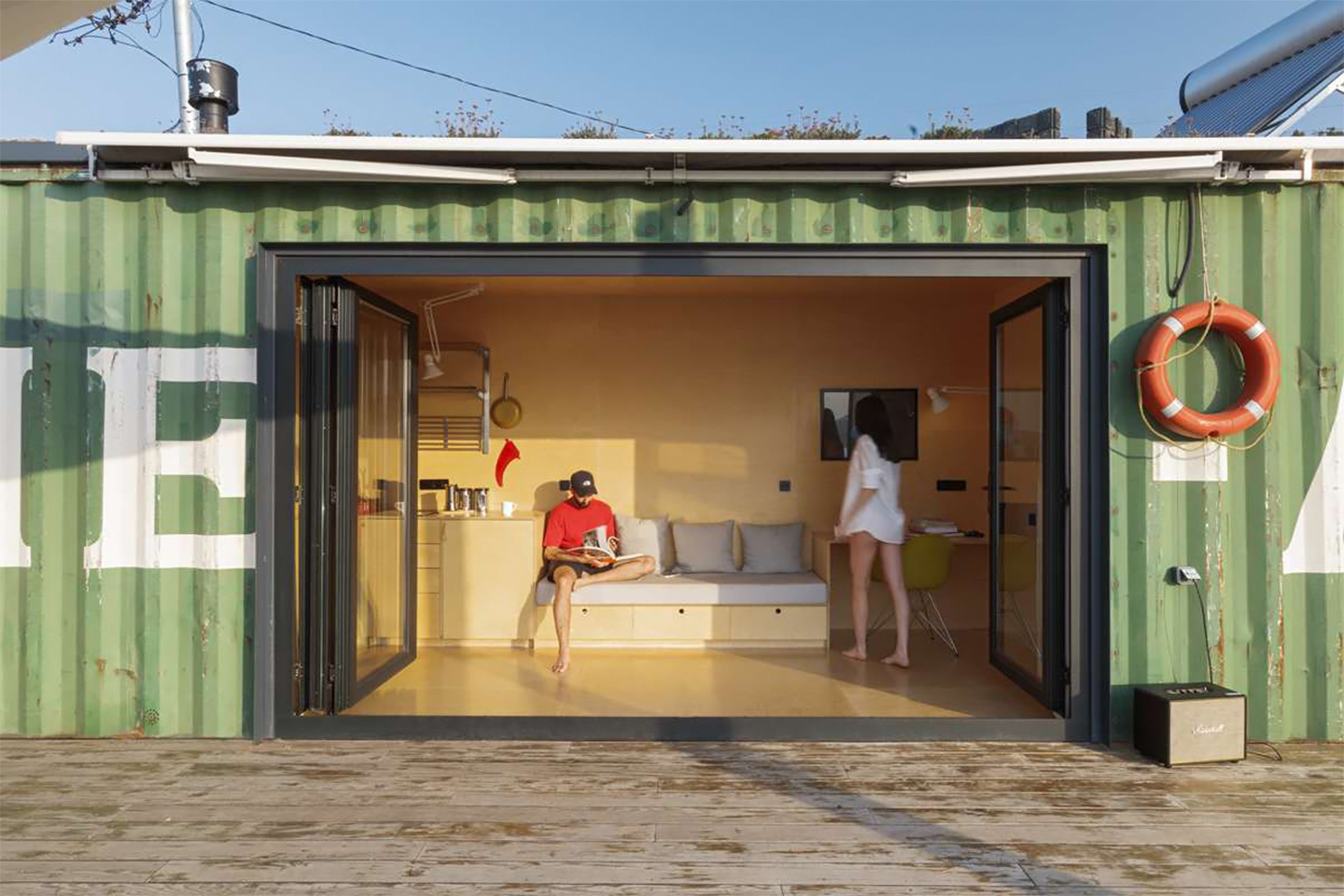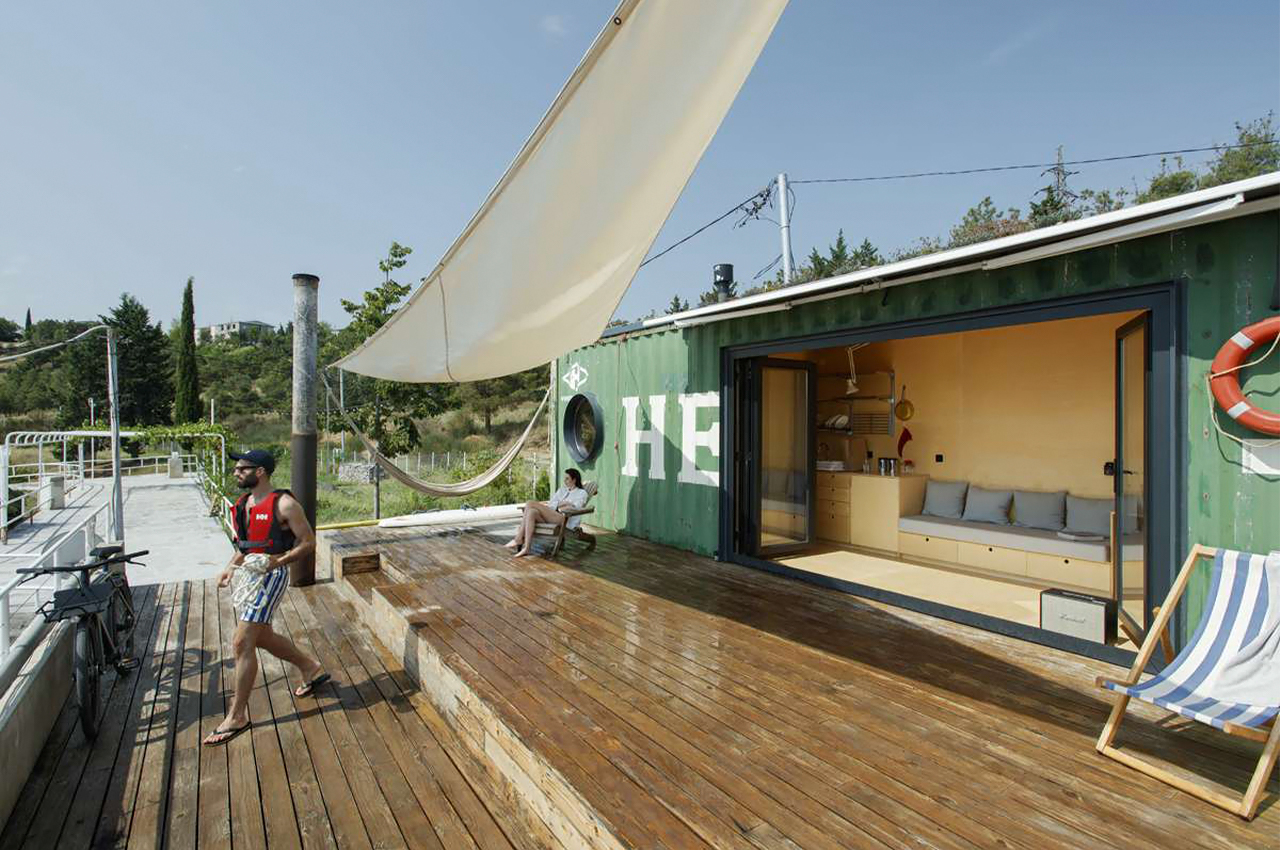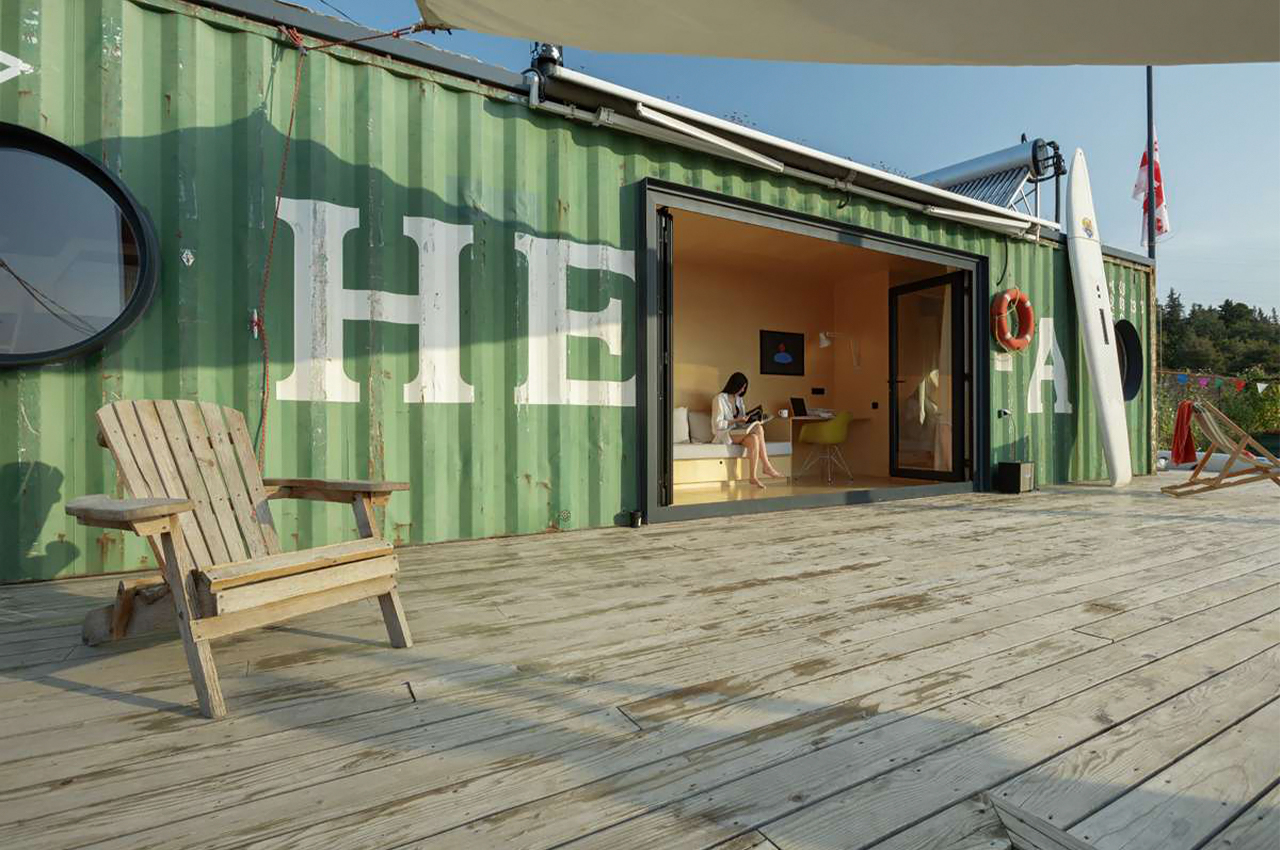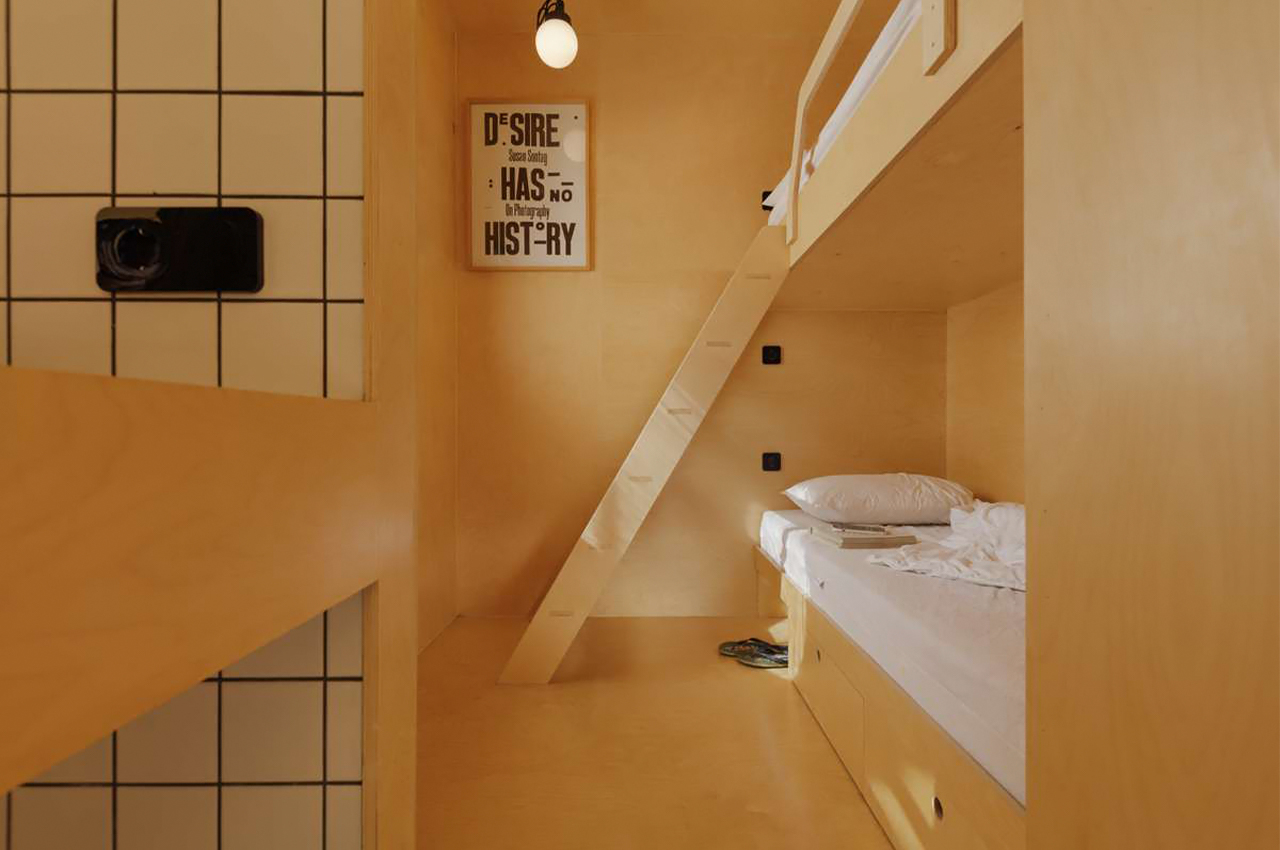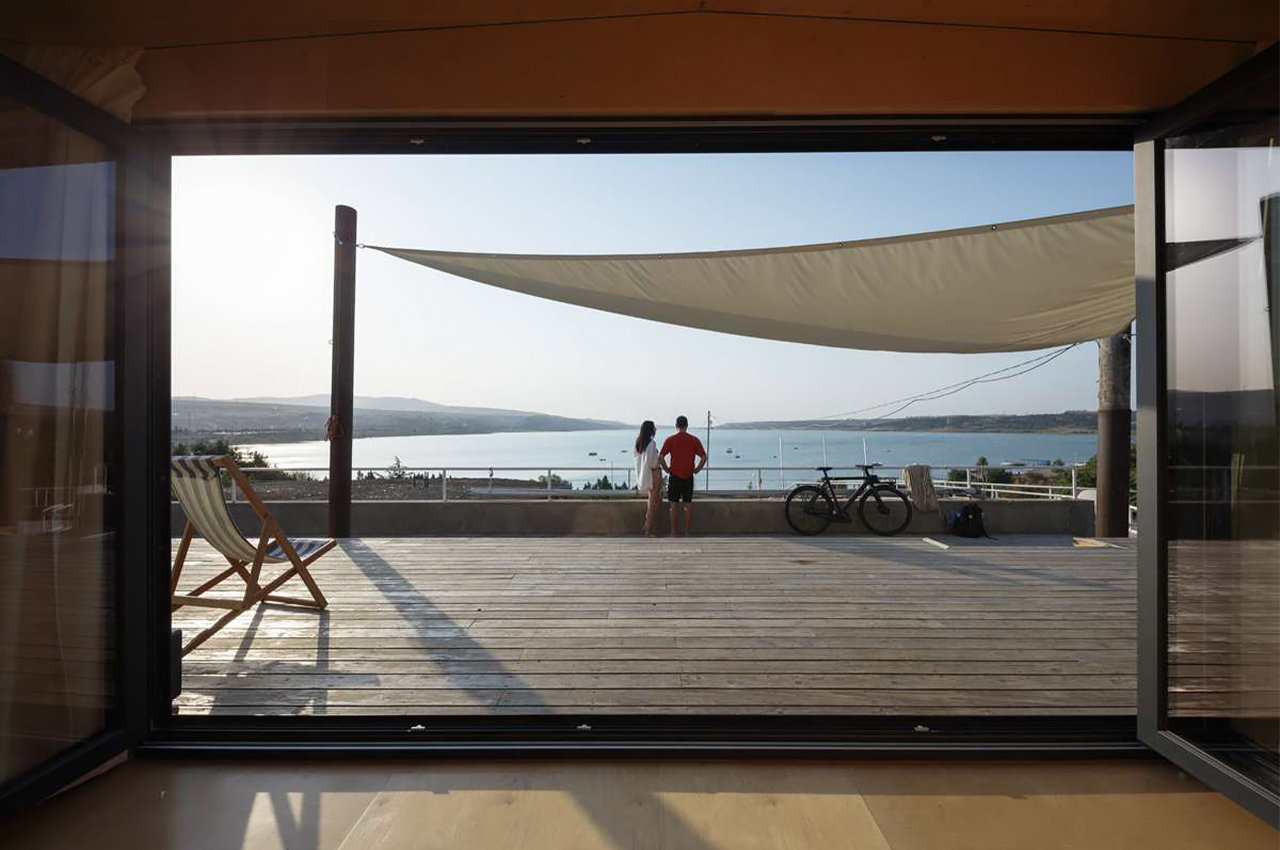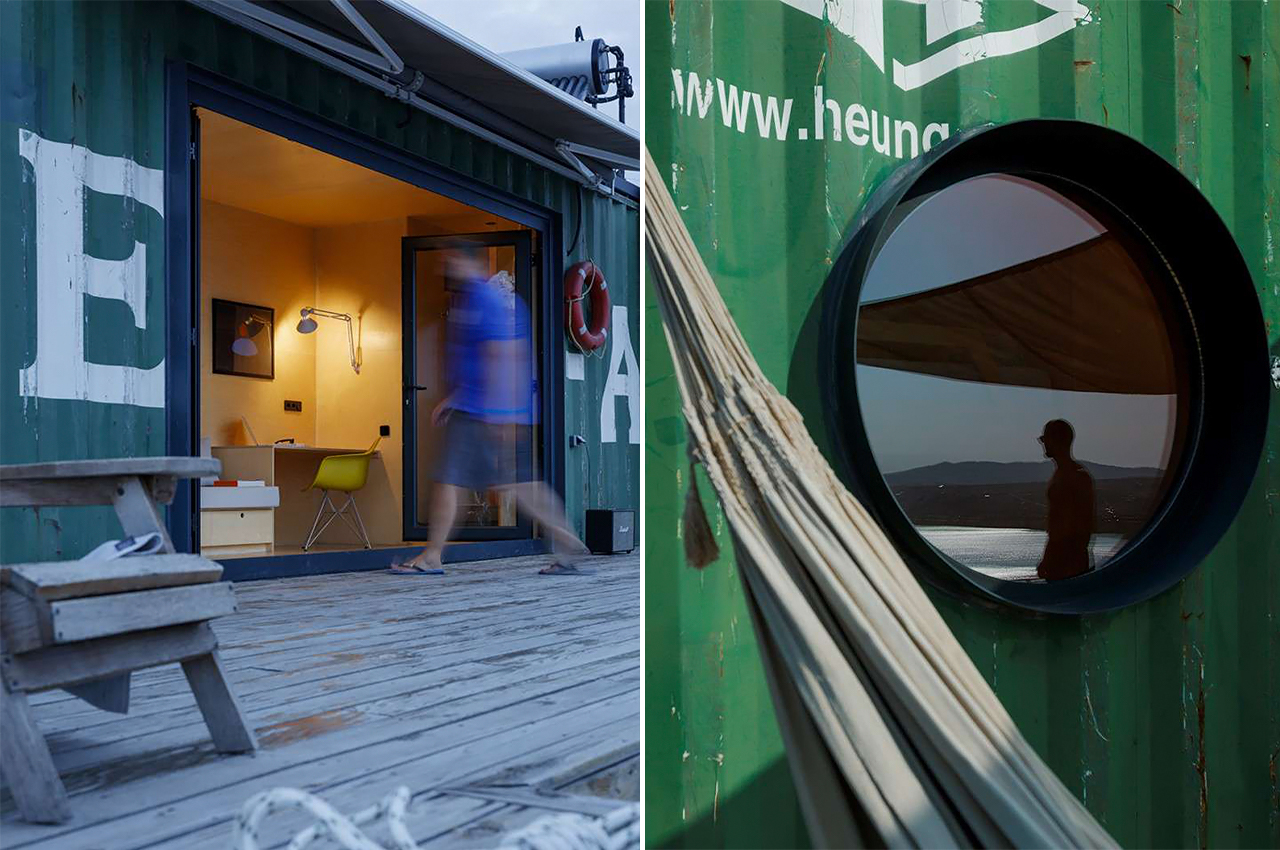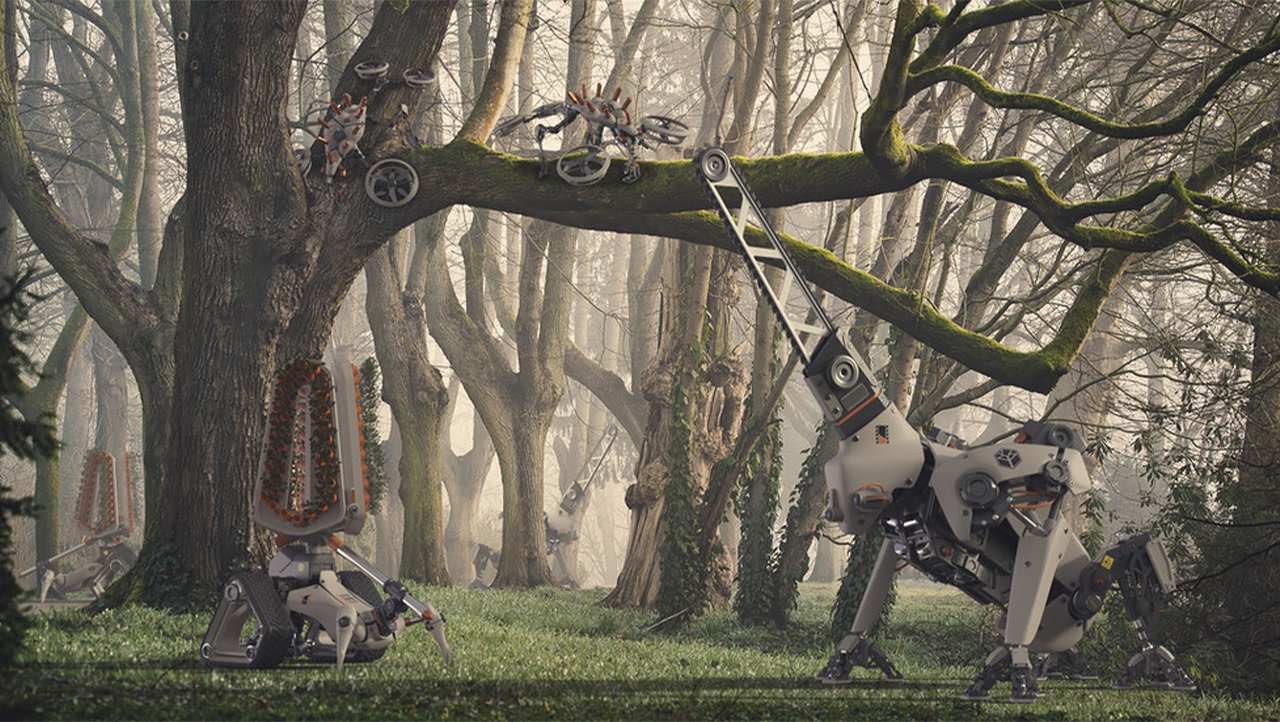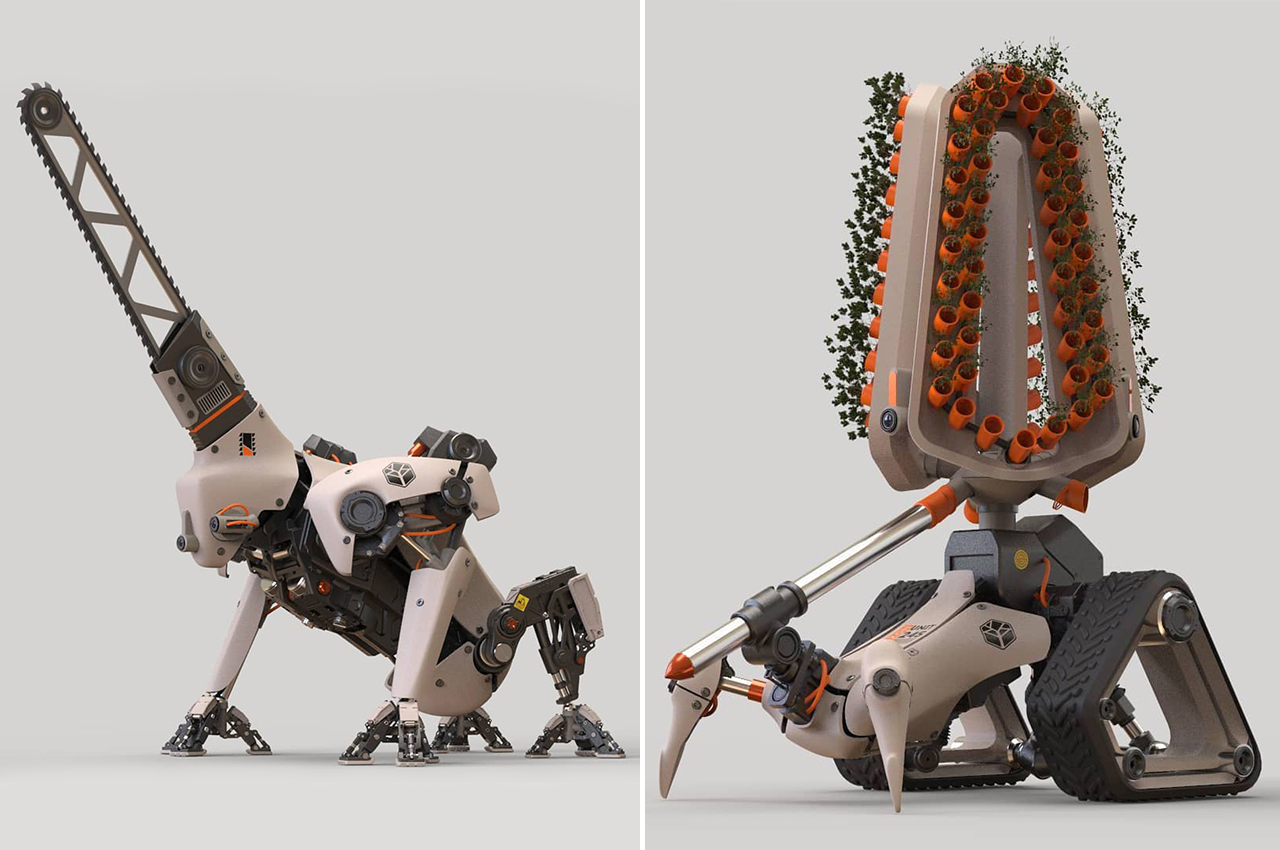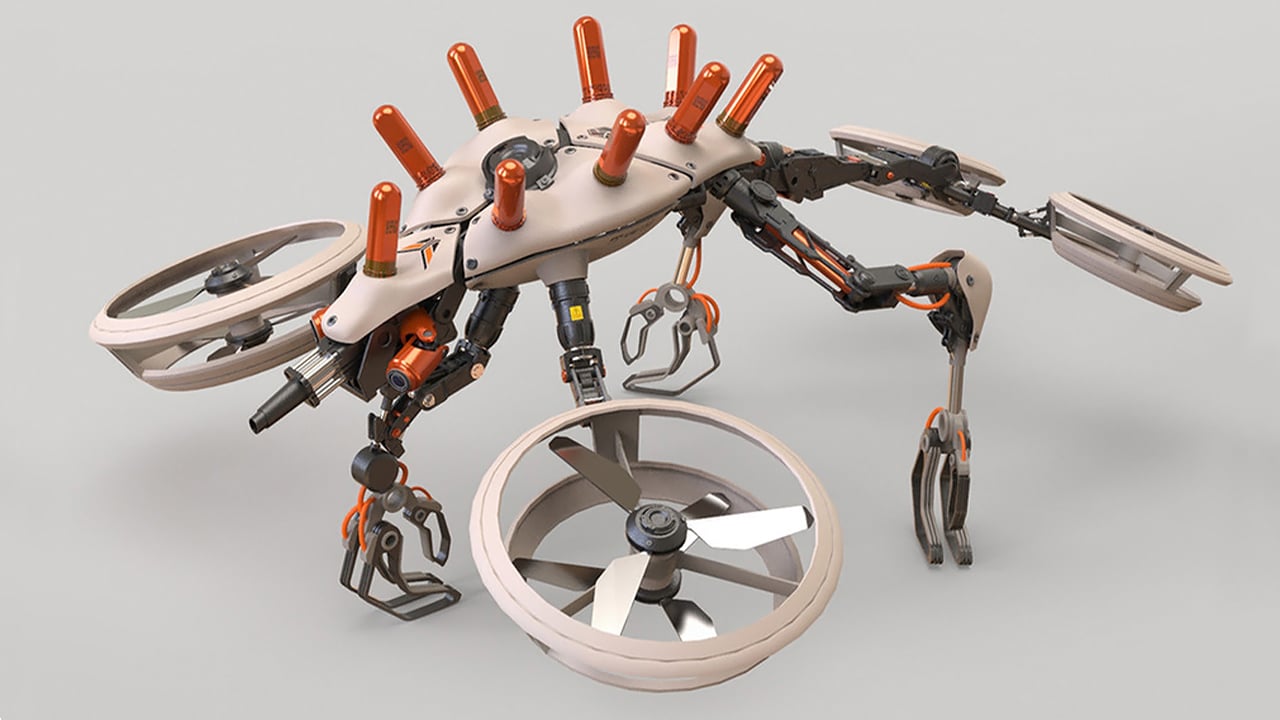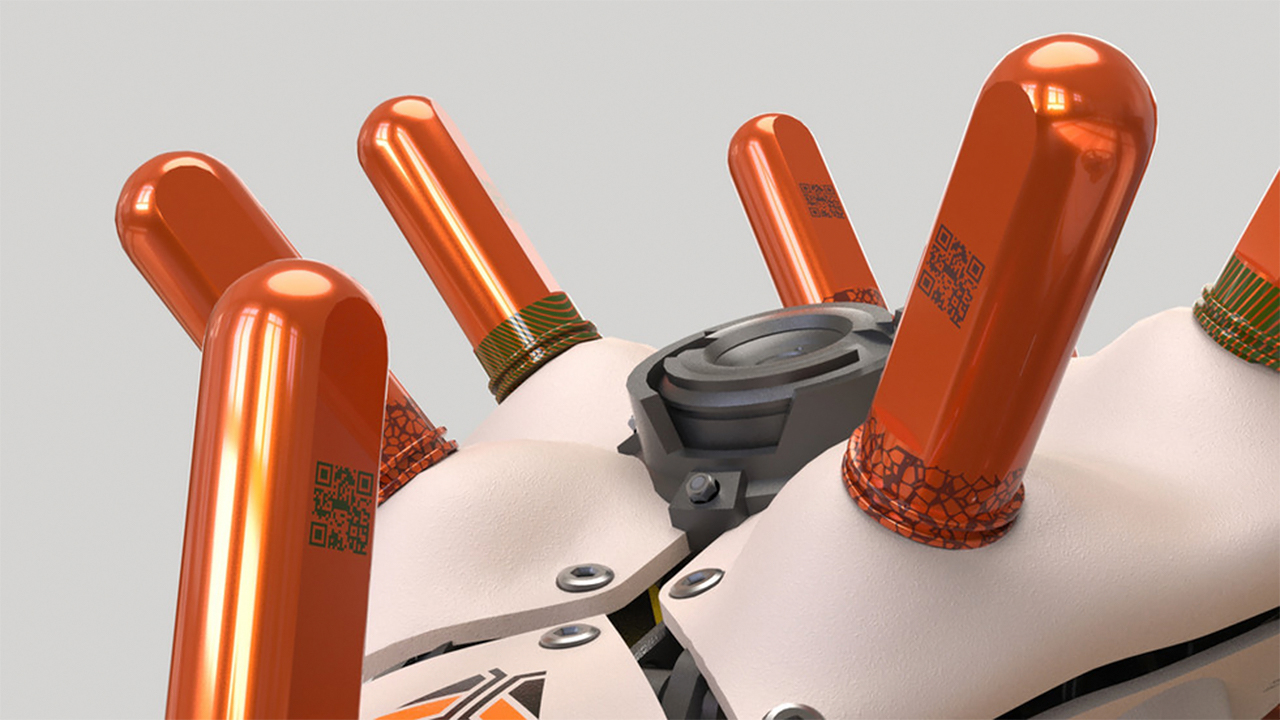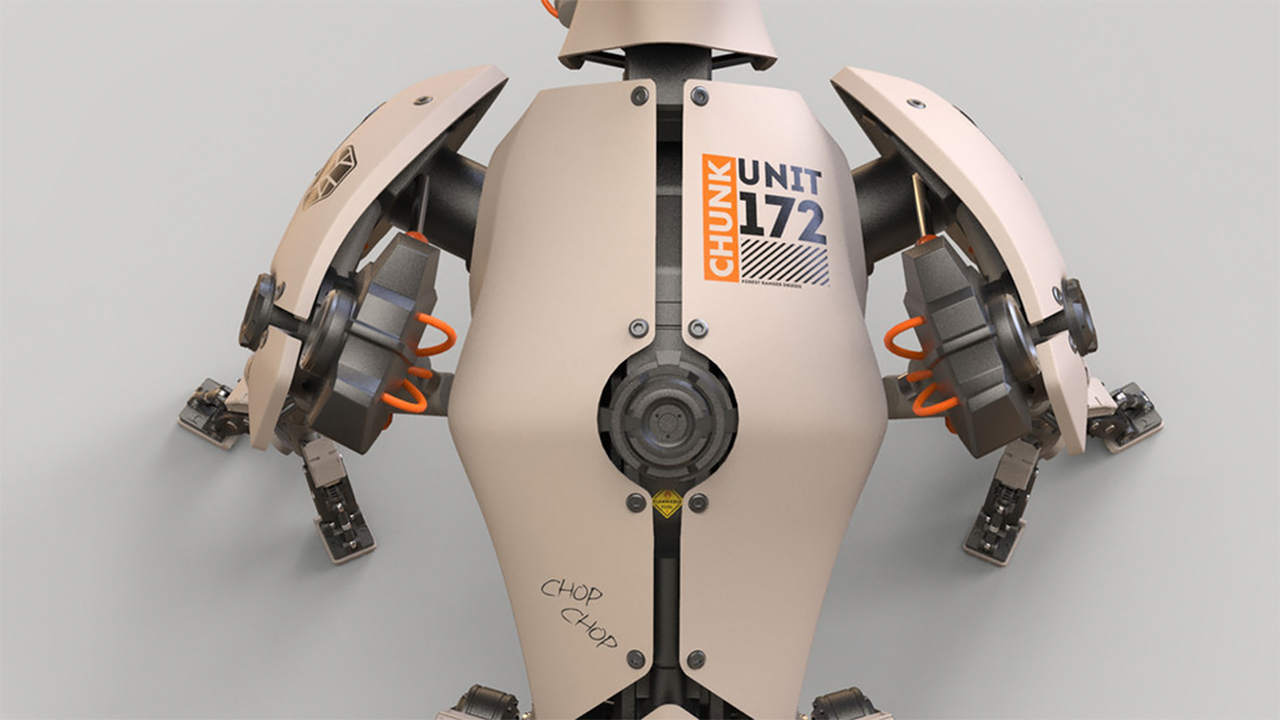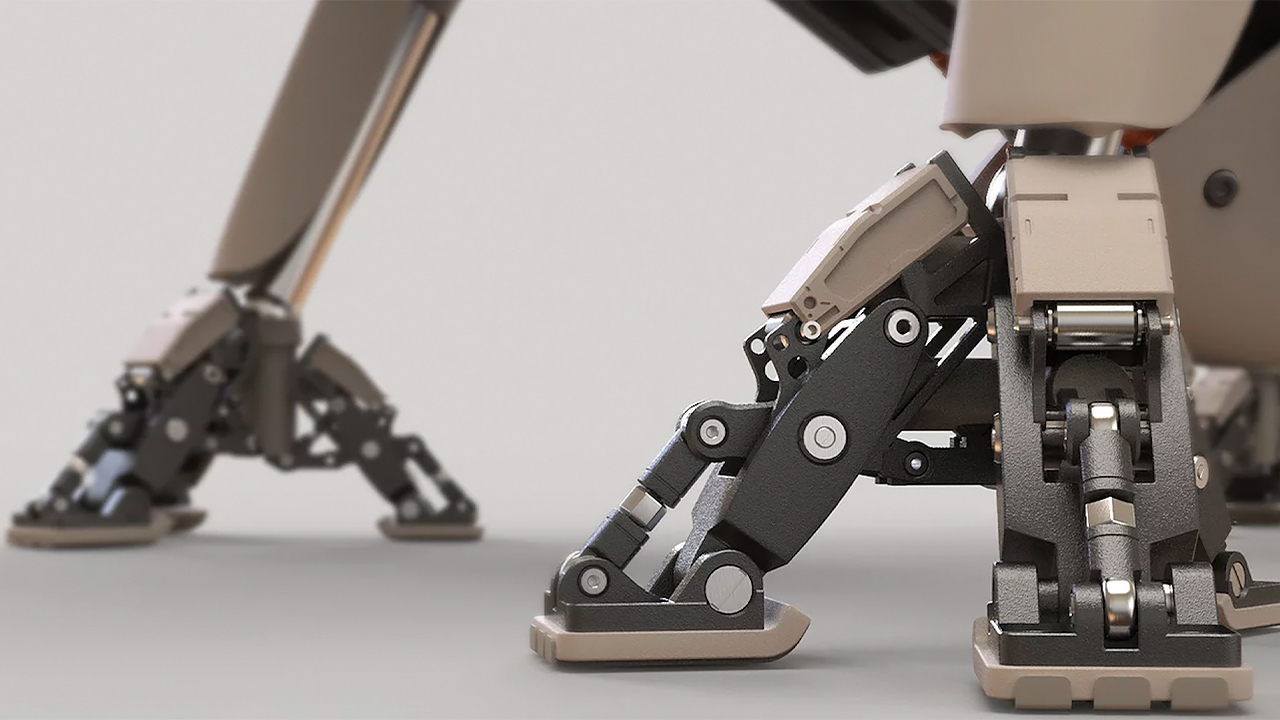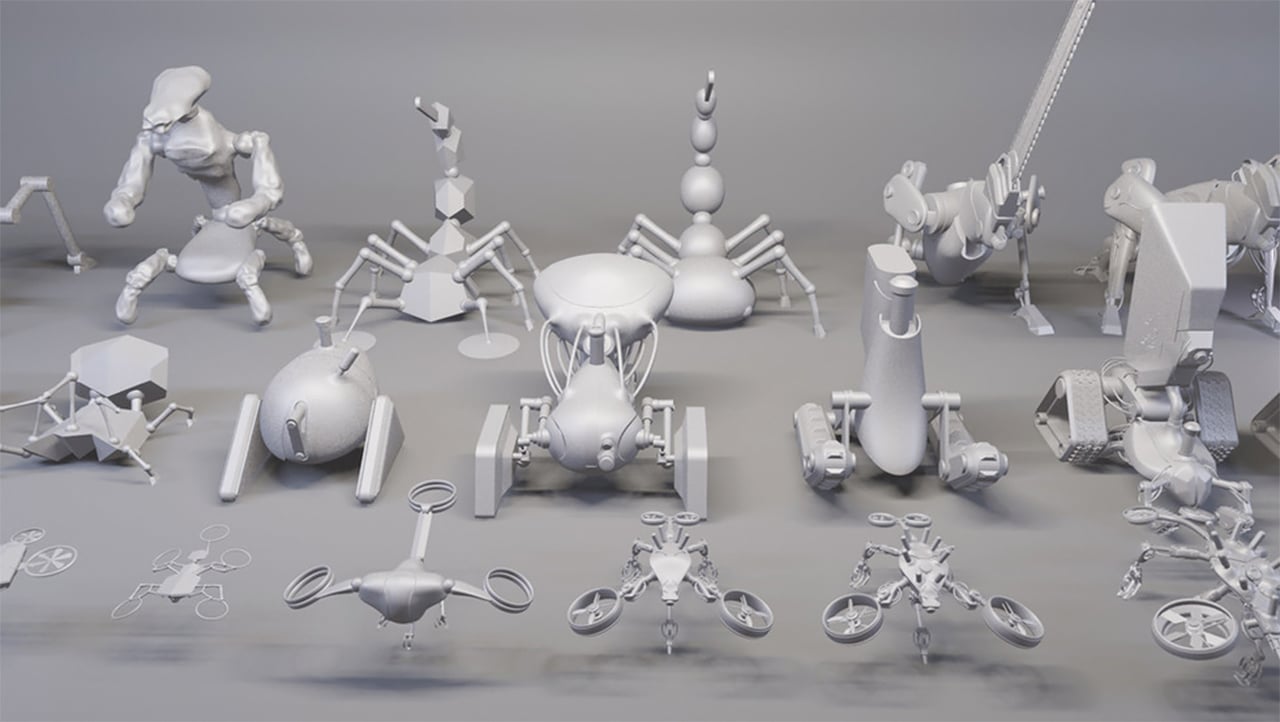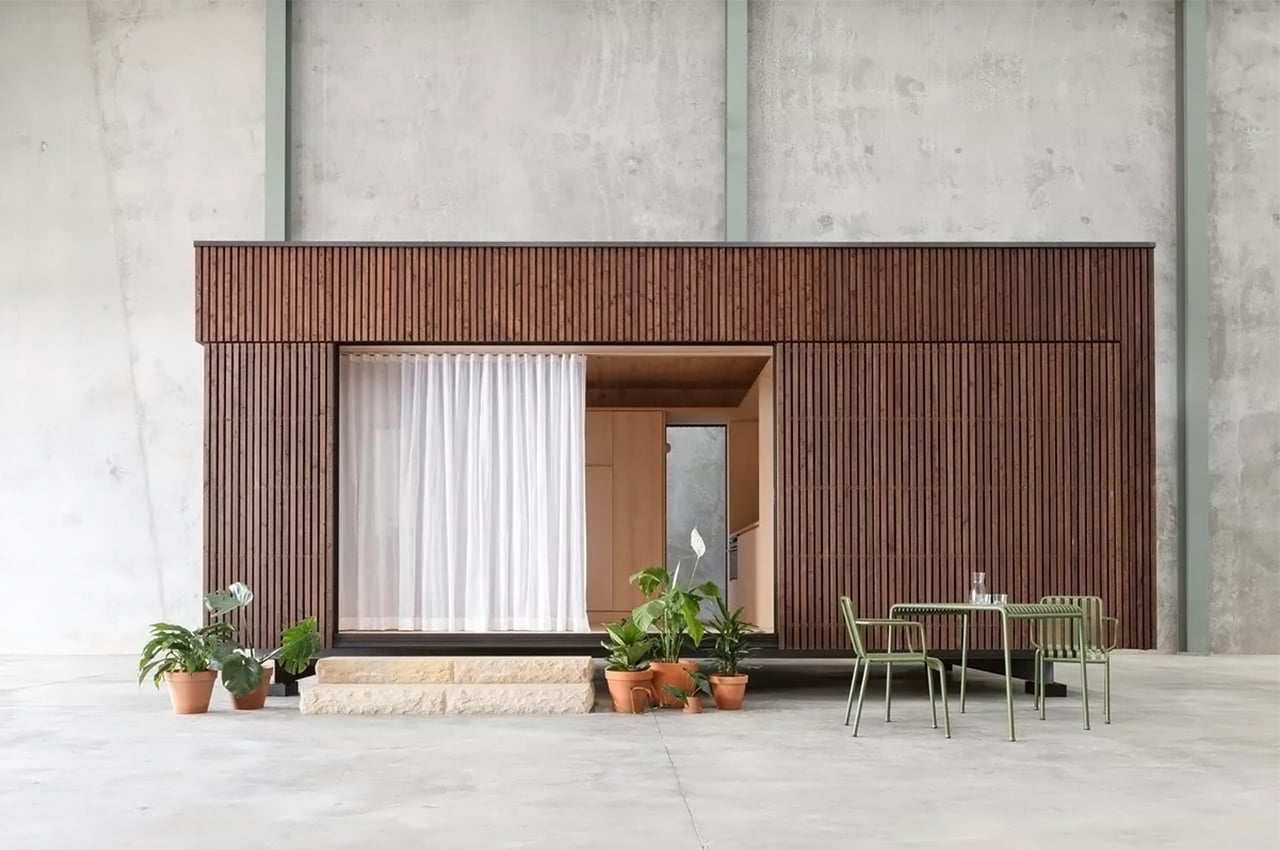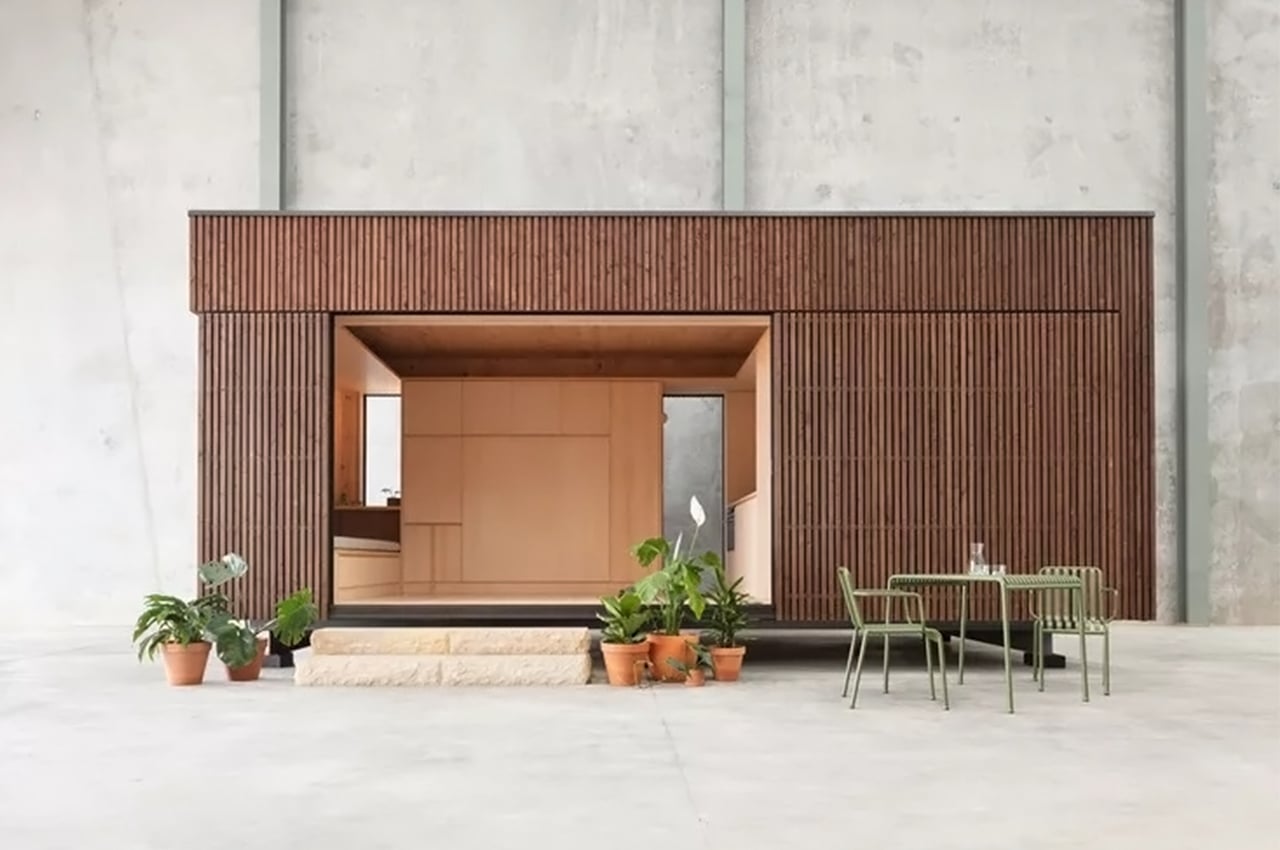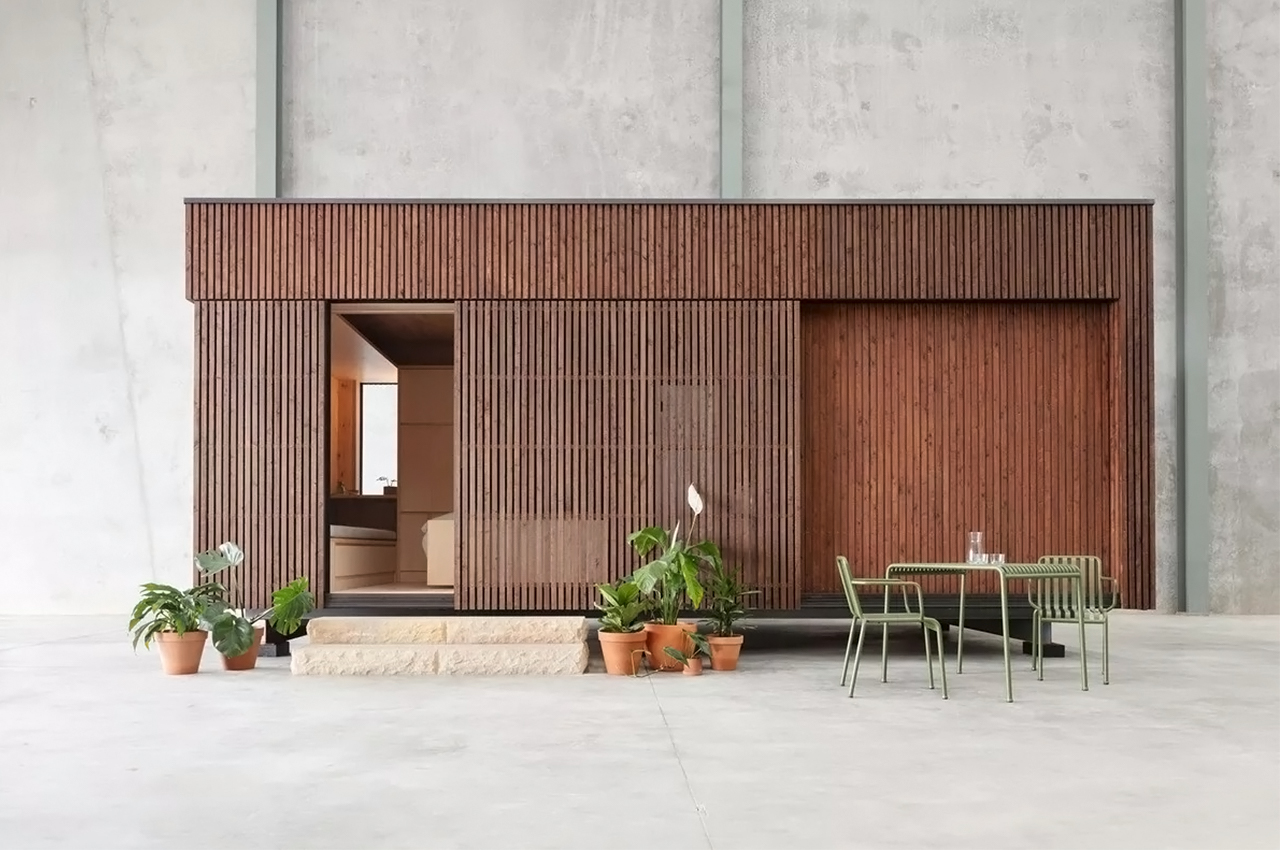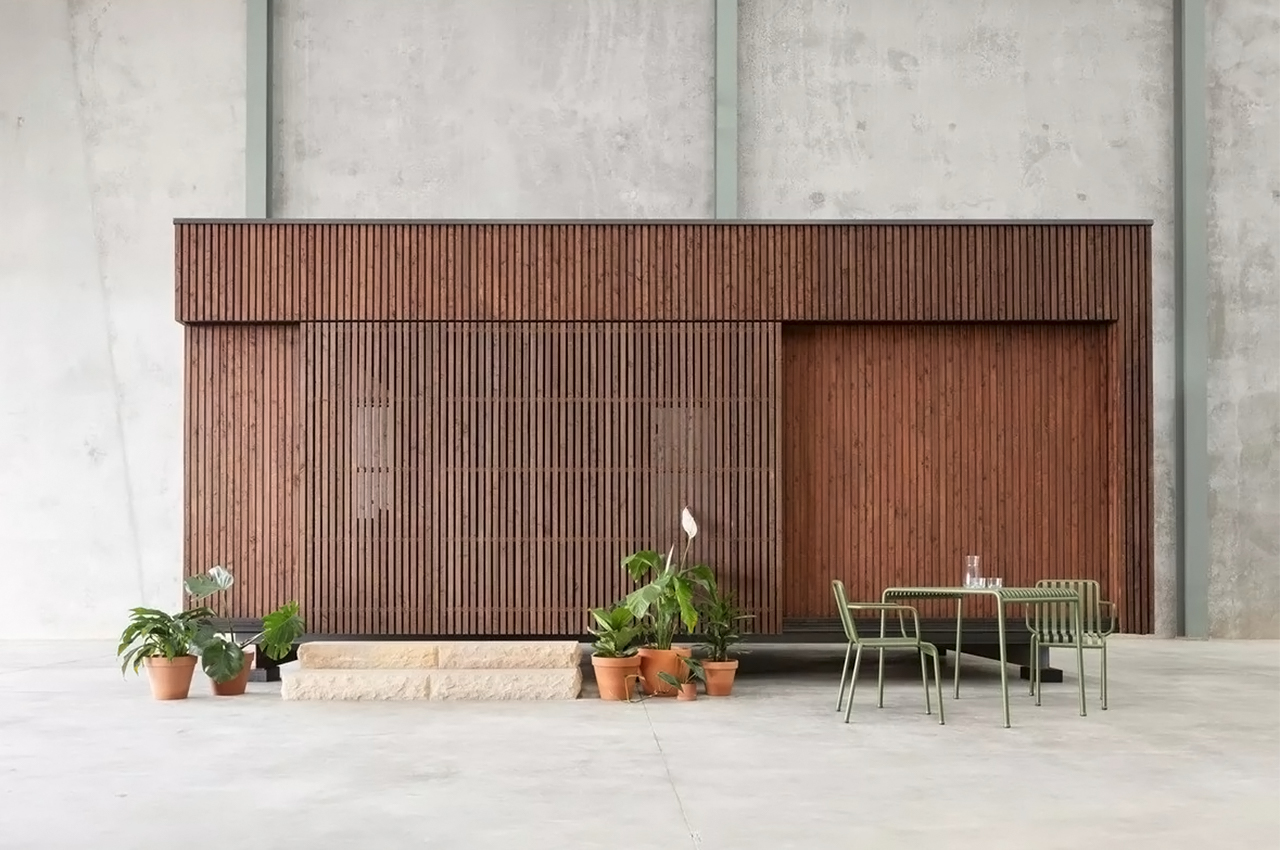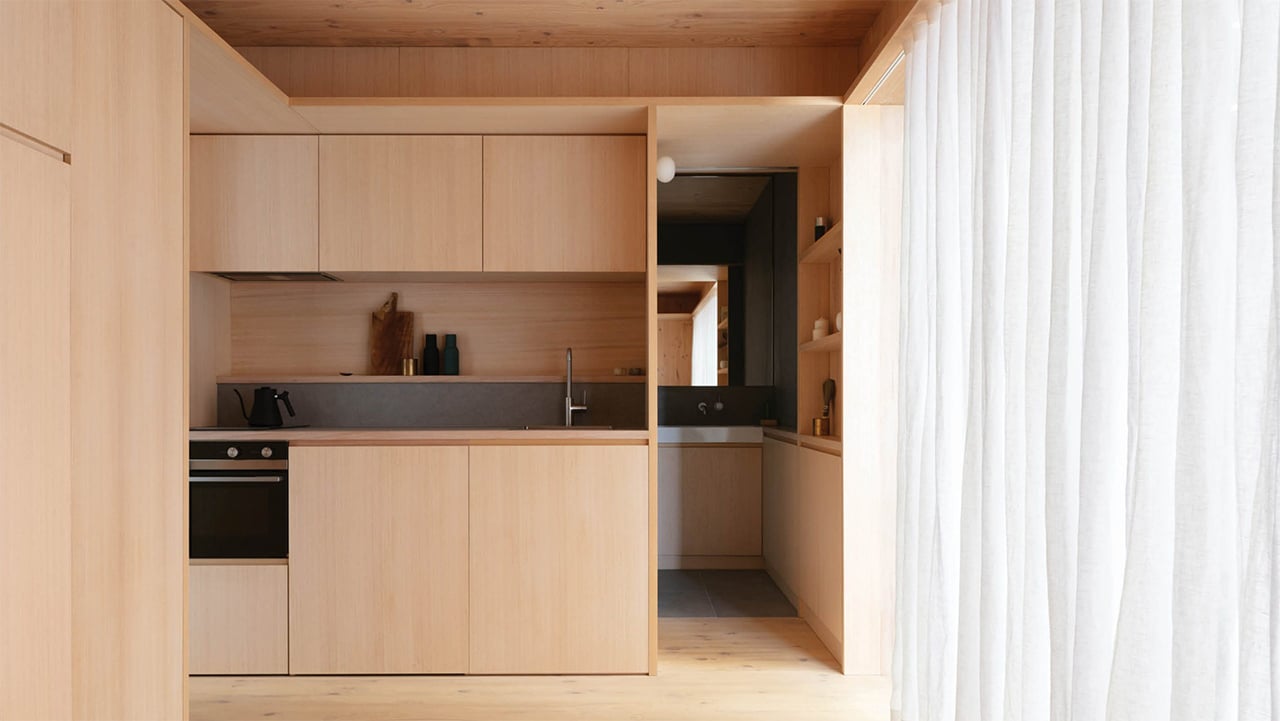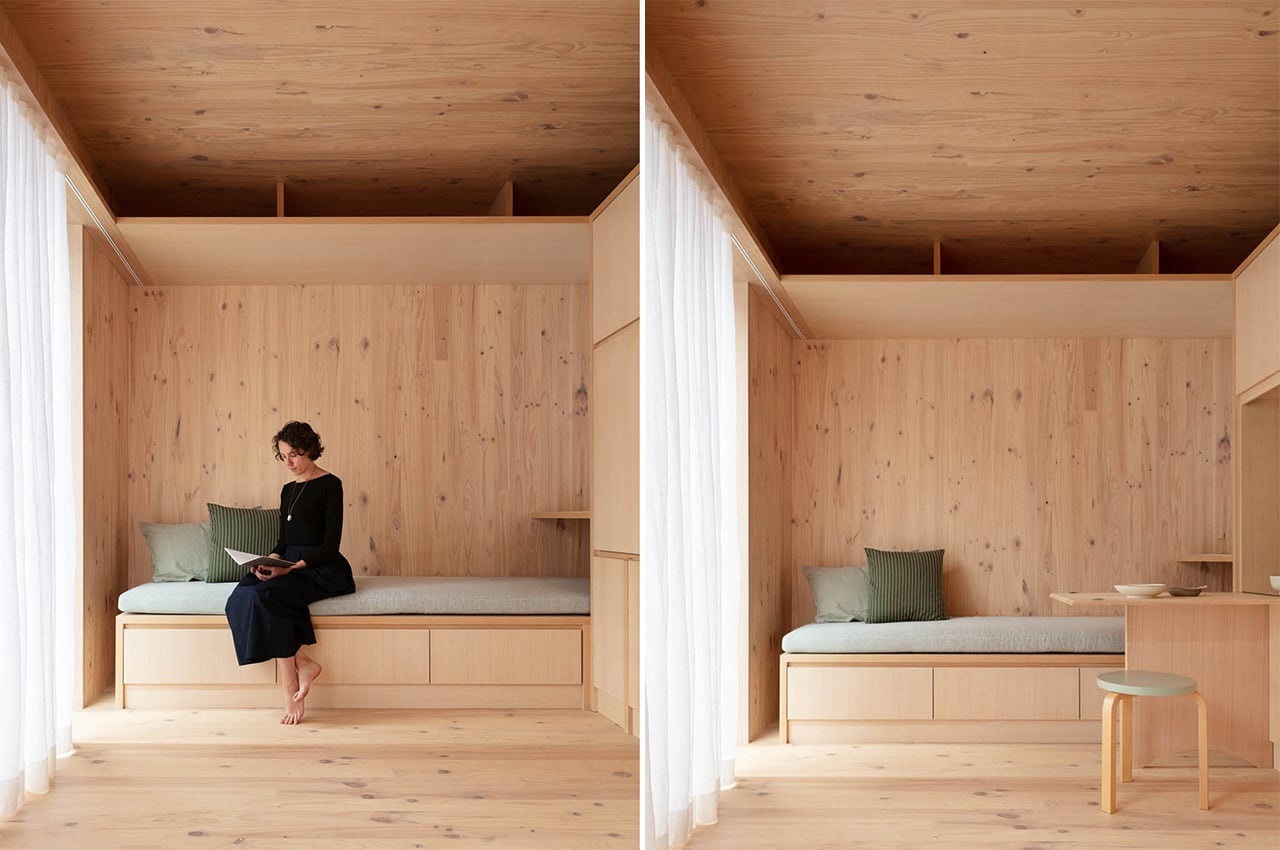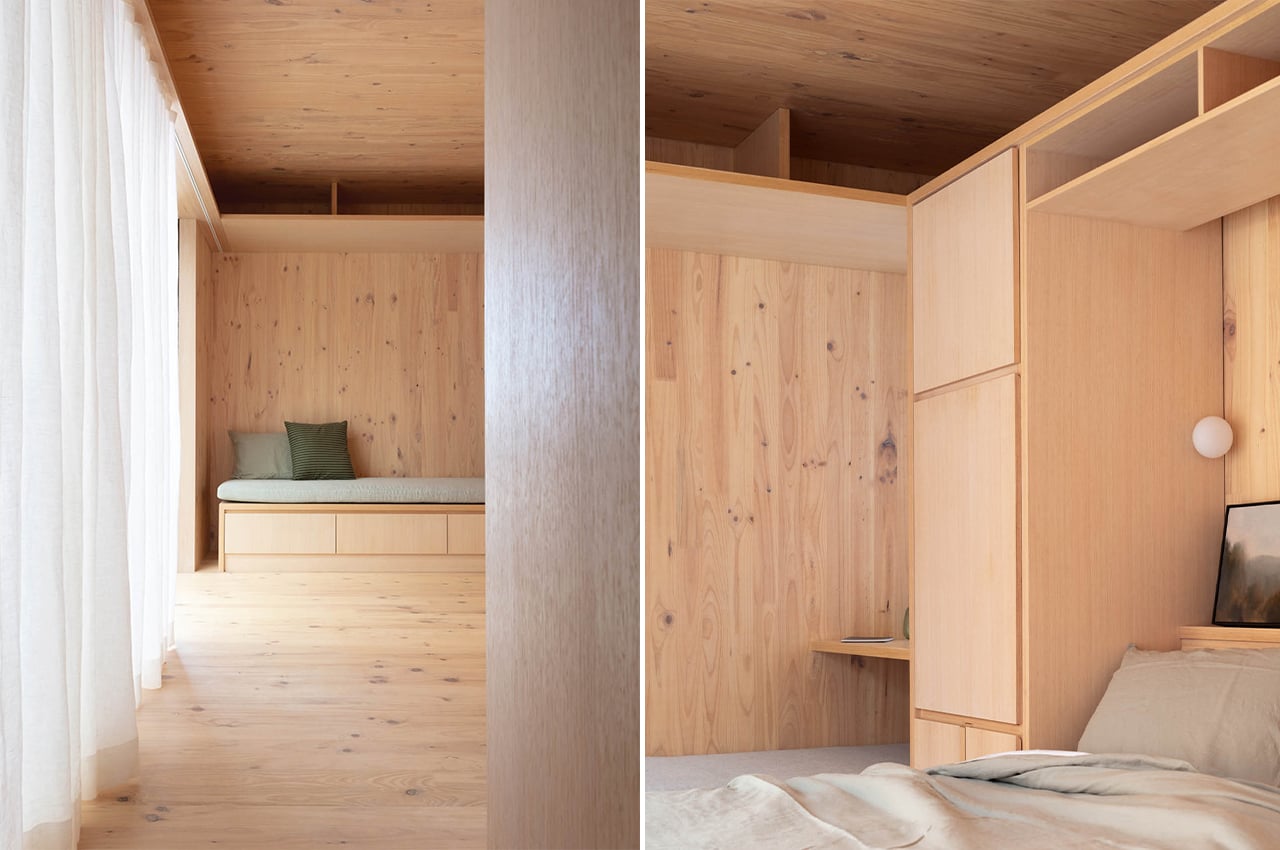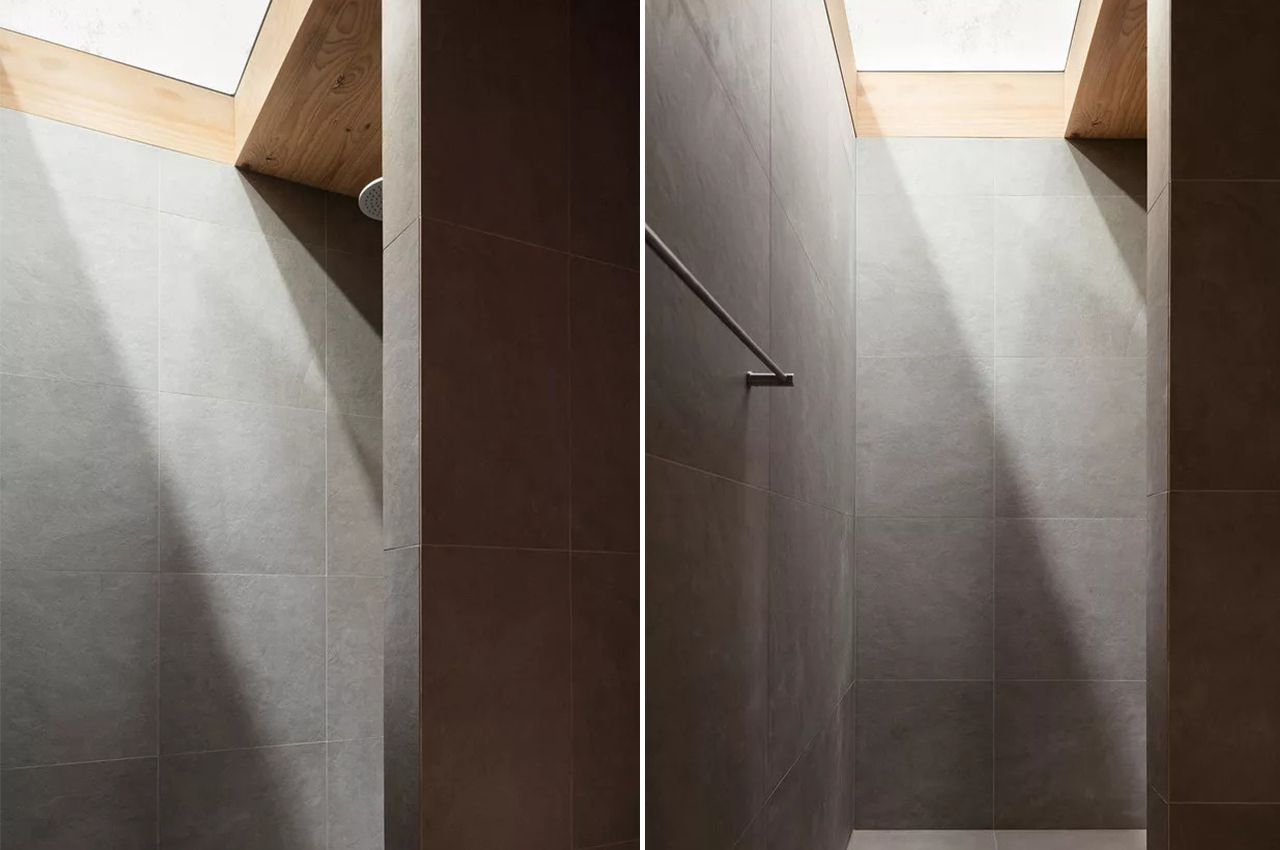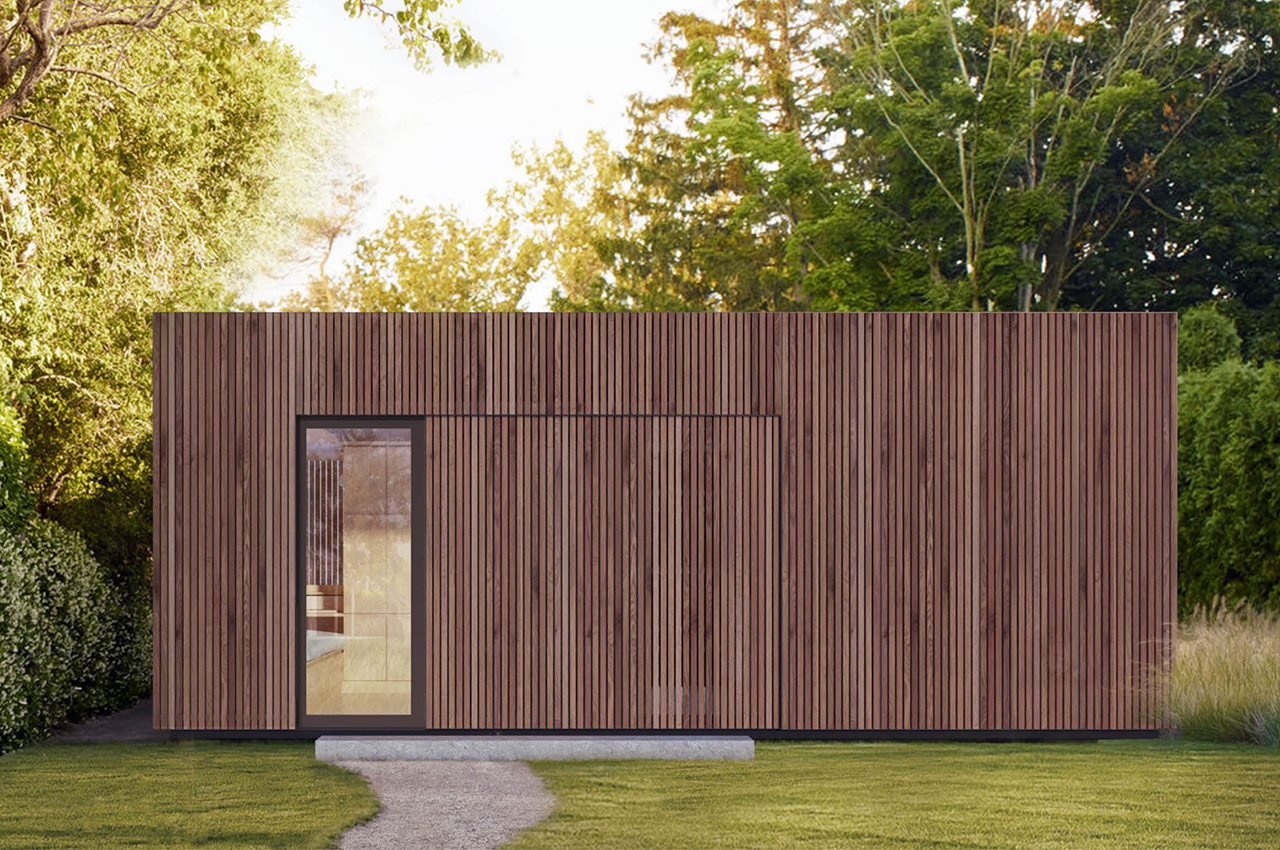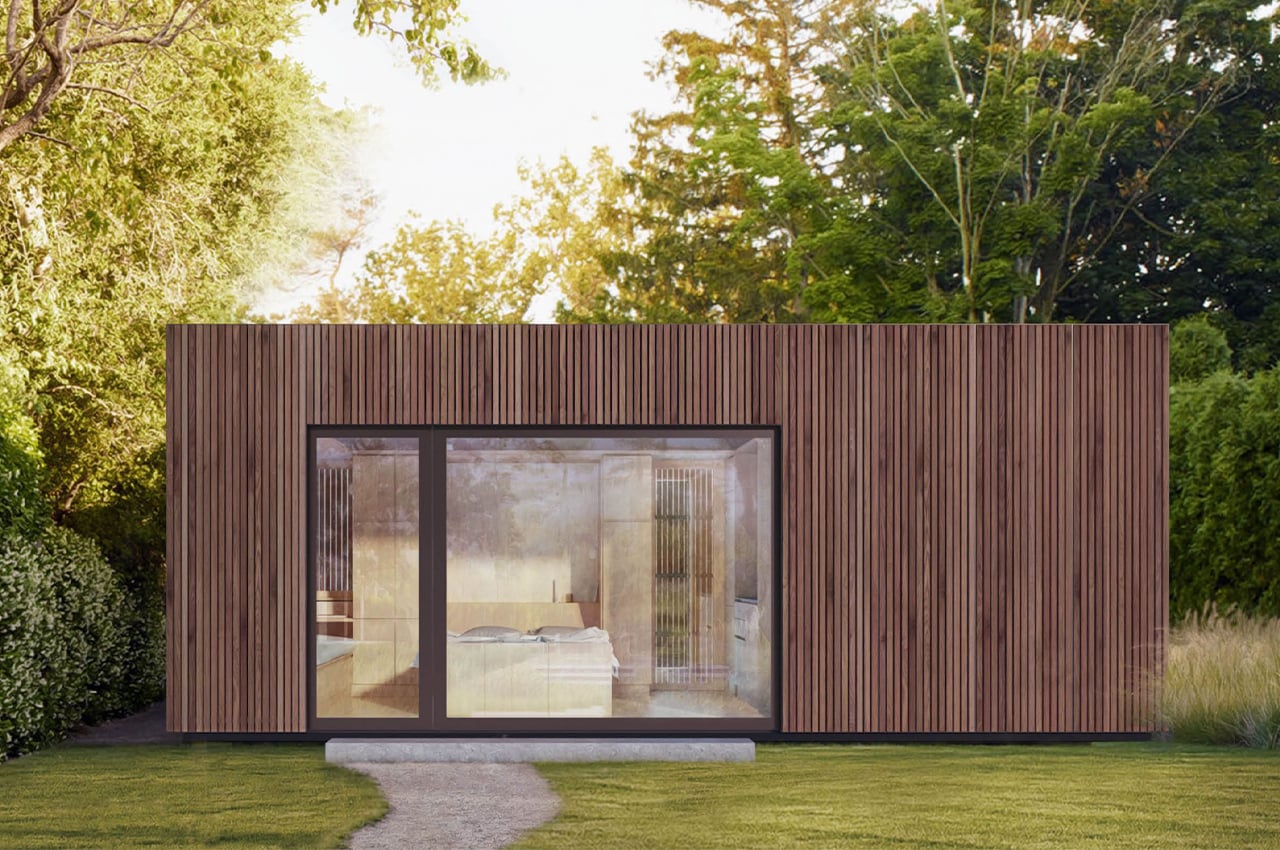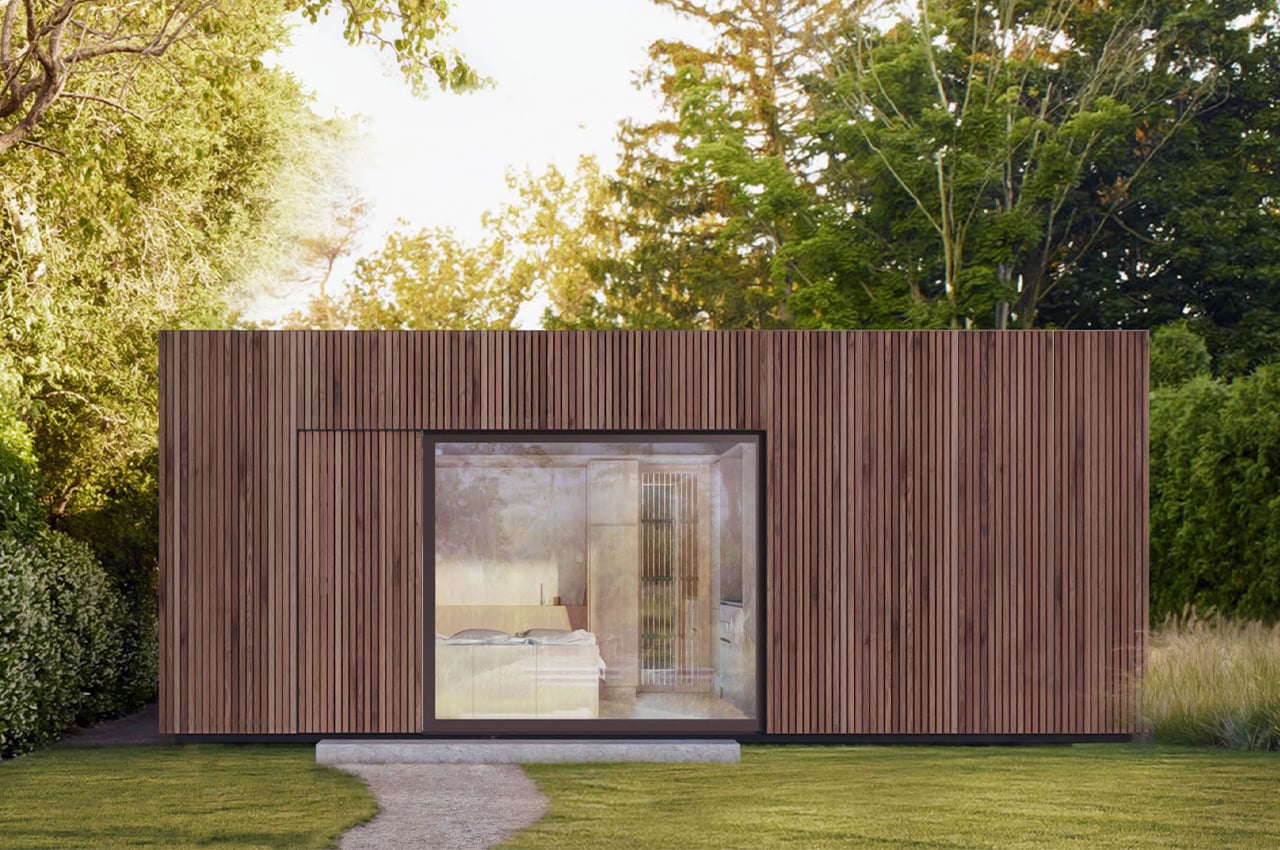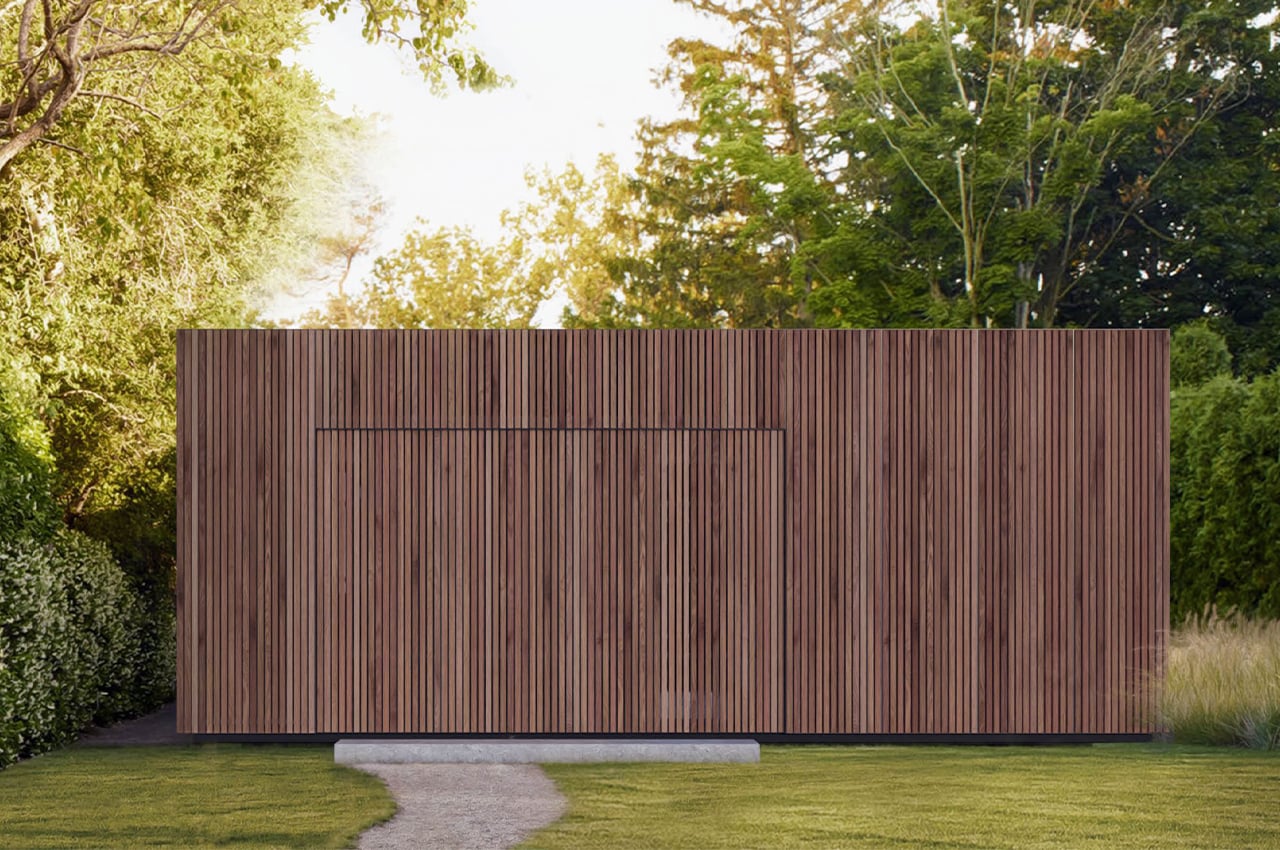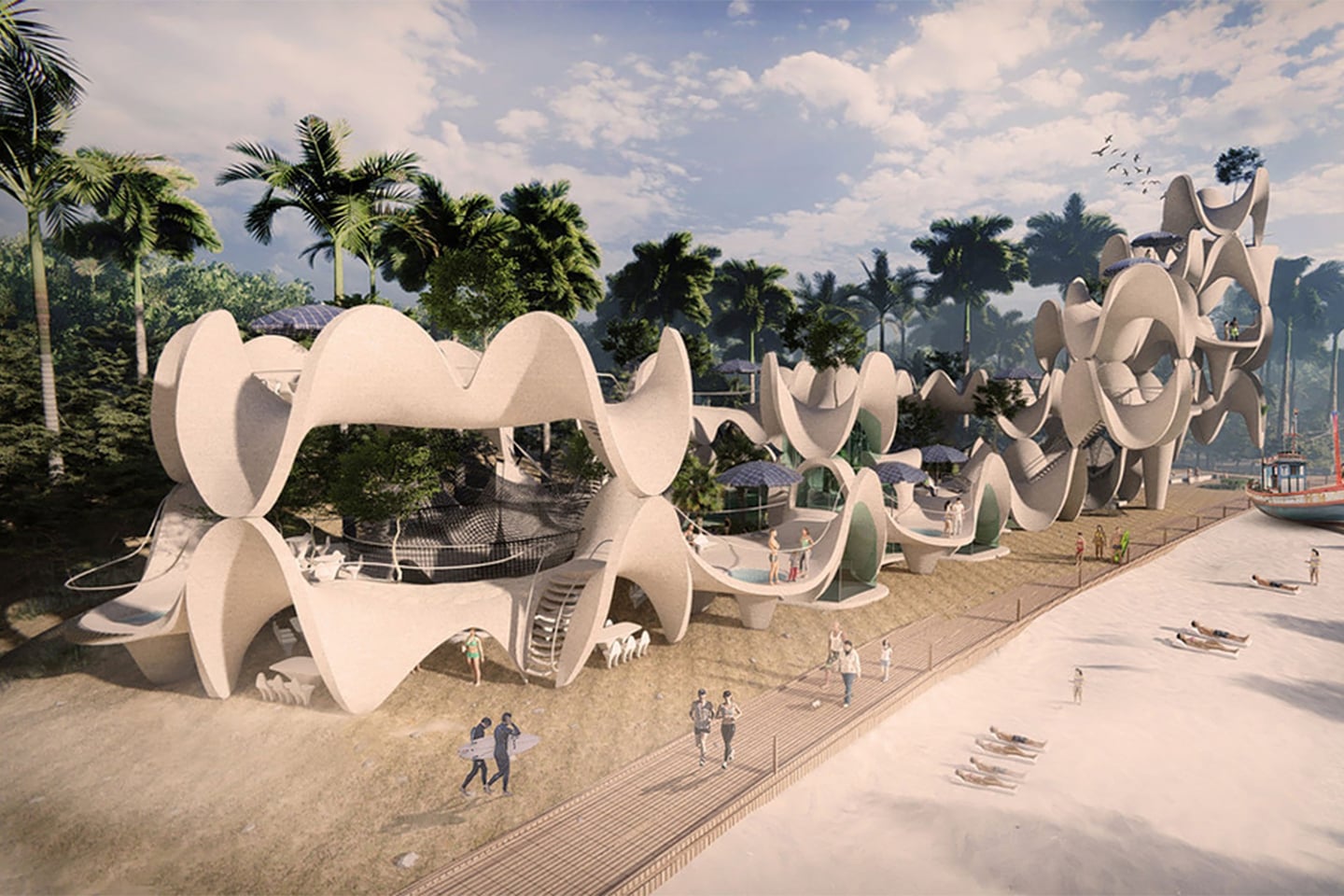
Architecture has the power to infuse the local culture and sustainability into the structure. A shining example of such designs is the Cagbalete Sand Clusters in Taguig, Philippines. The organically shaped structure is a multi-use development made while respecting the existing ecology as well as the history of farming and fishing in the area. The unique building is constructed with prefabricated sections that can be placed and added on in a horizontal or vertical direction.
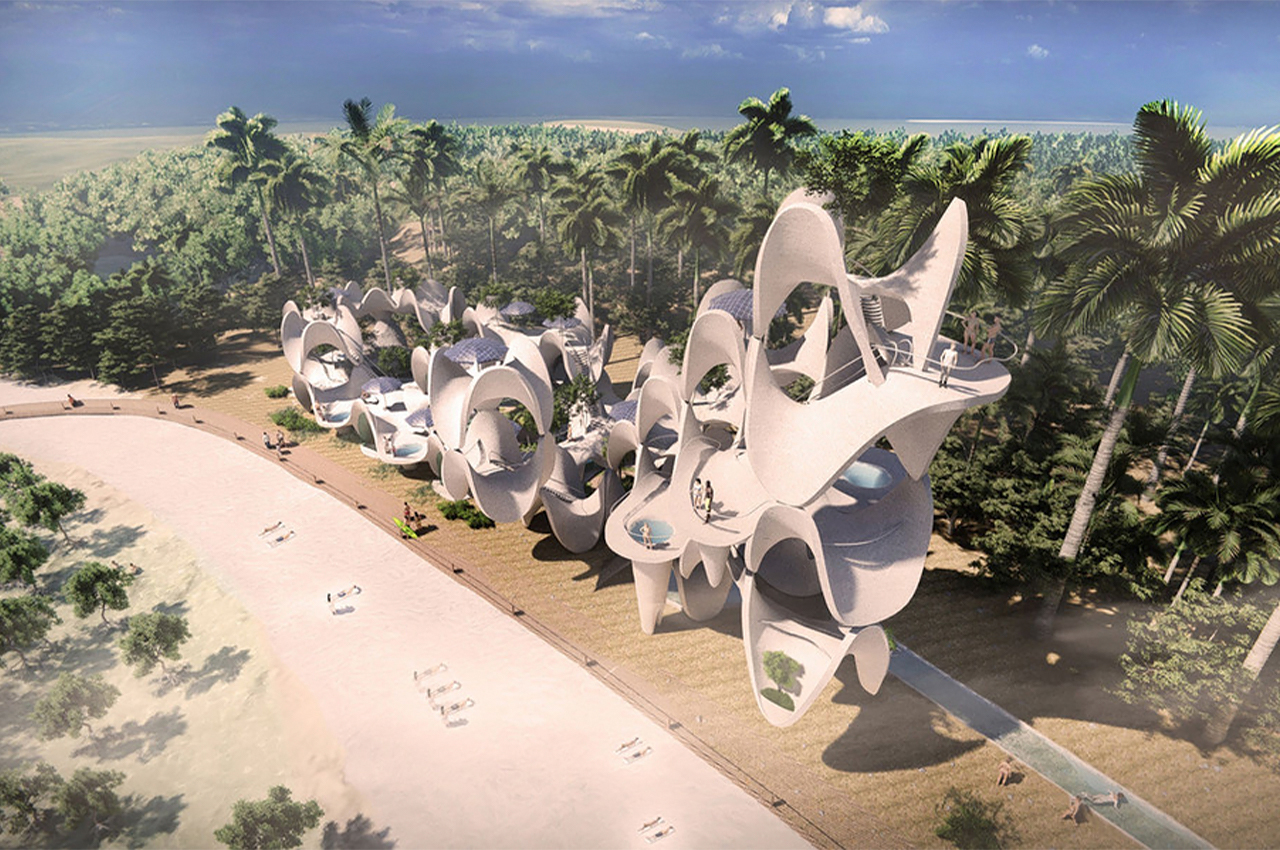
Each of the units, individually or placed together, forms a coral-like shape inspired by the local marine ecology. The lead architect of Carlo Calma Consultancy Inc. and client C Ideation envisioned the development to be community-focused, which they described as “farm leisure.” The self-sustaining group of clusters will rely on electricity produced from solar umbrella pods and passive design techniques such as natural ventilation.

The structures include a private family home and a restaurant that offers farm-to-table endemic plant species and seasonal mud crabs from nearby farms. This not only speaks to healthy living and local industry, but mud crab farming is also credited with preventing soil erosion and protection of vital mangroves.
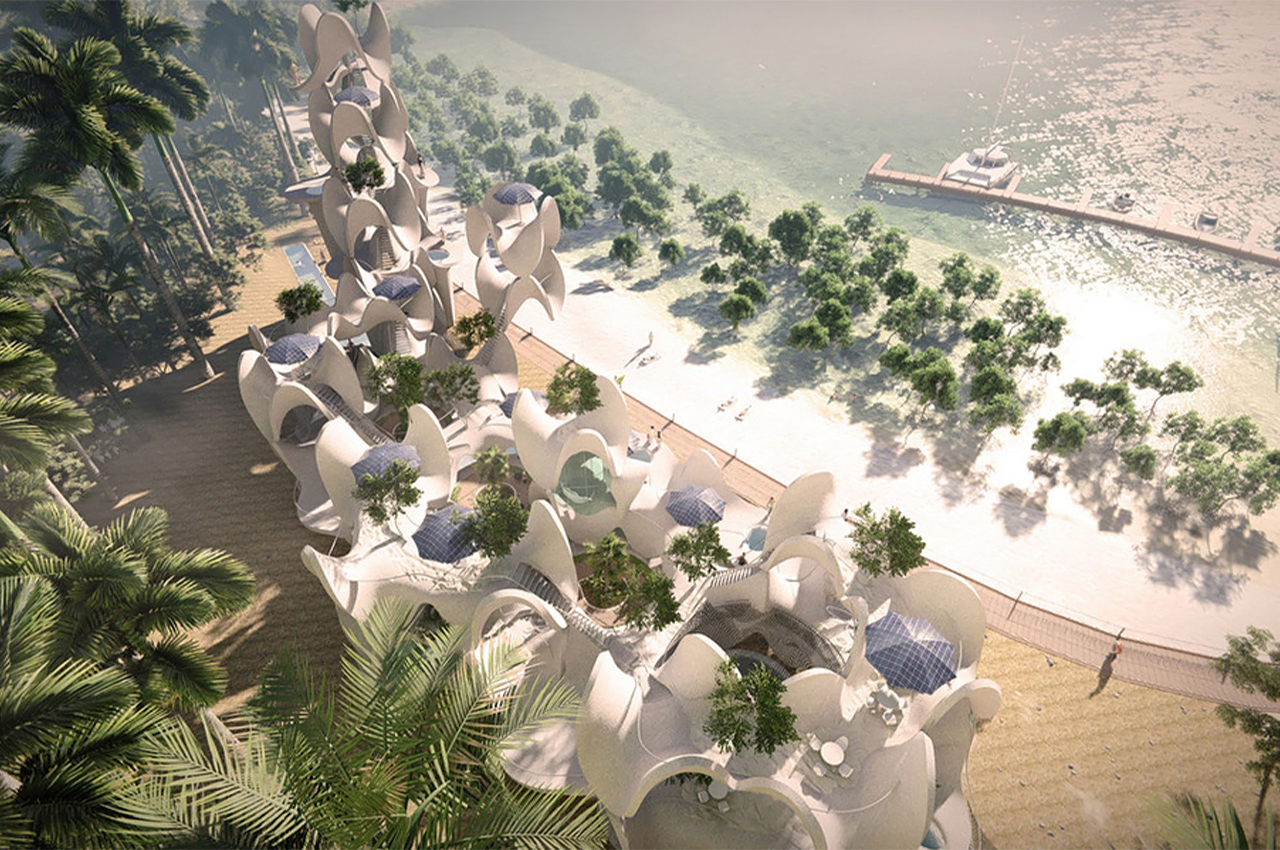
“They have elevated the humble hapa net into something beyond its utilitarian origins,” stated the press release. “It is now both part of the structure’s construction membrane, a tool for food production, and a web that facilitates the daily activities of the structure’s inhabitants, enmeshing time, culture, and space.”
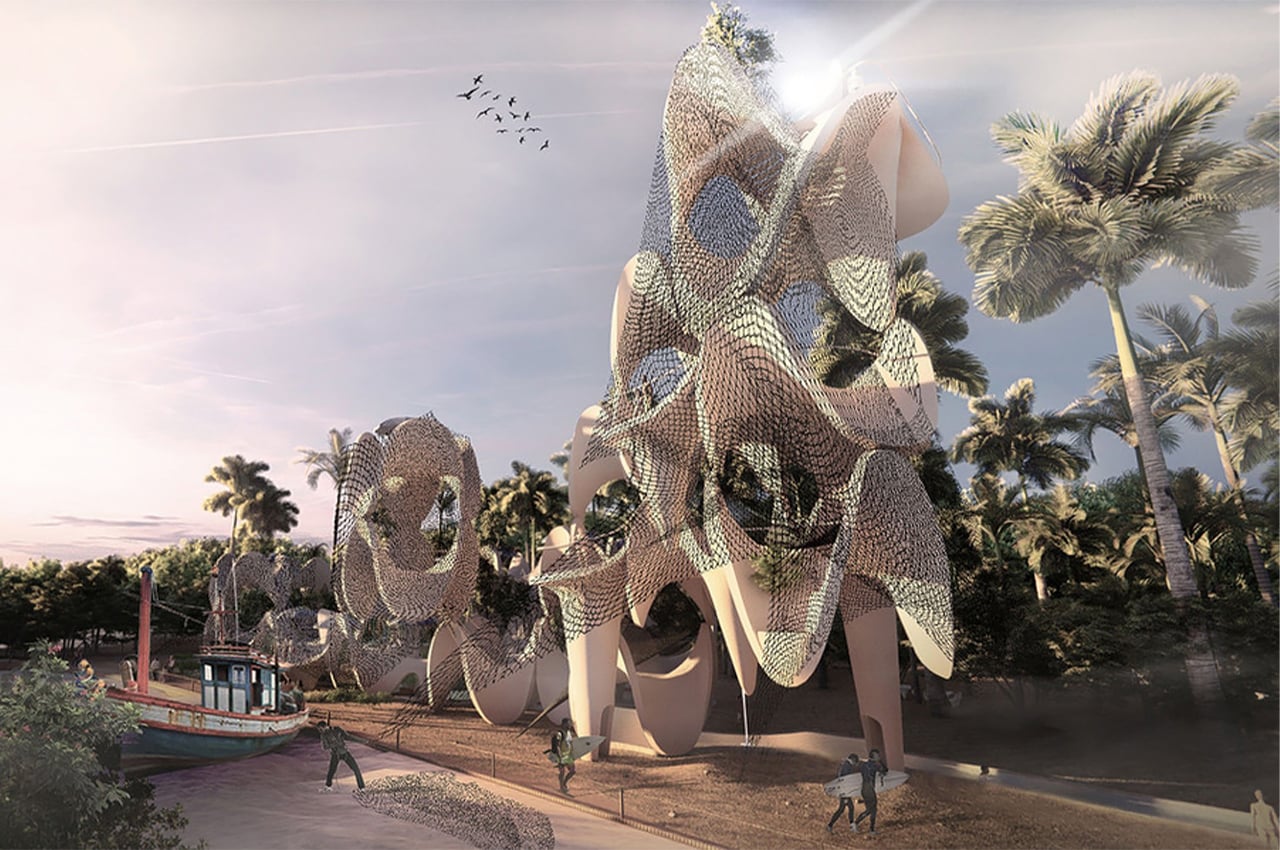
Hapa nets throughout the structure offer protection from the weather and insects while reflecting the historic use of the nets.
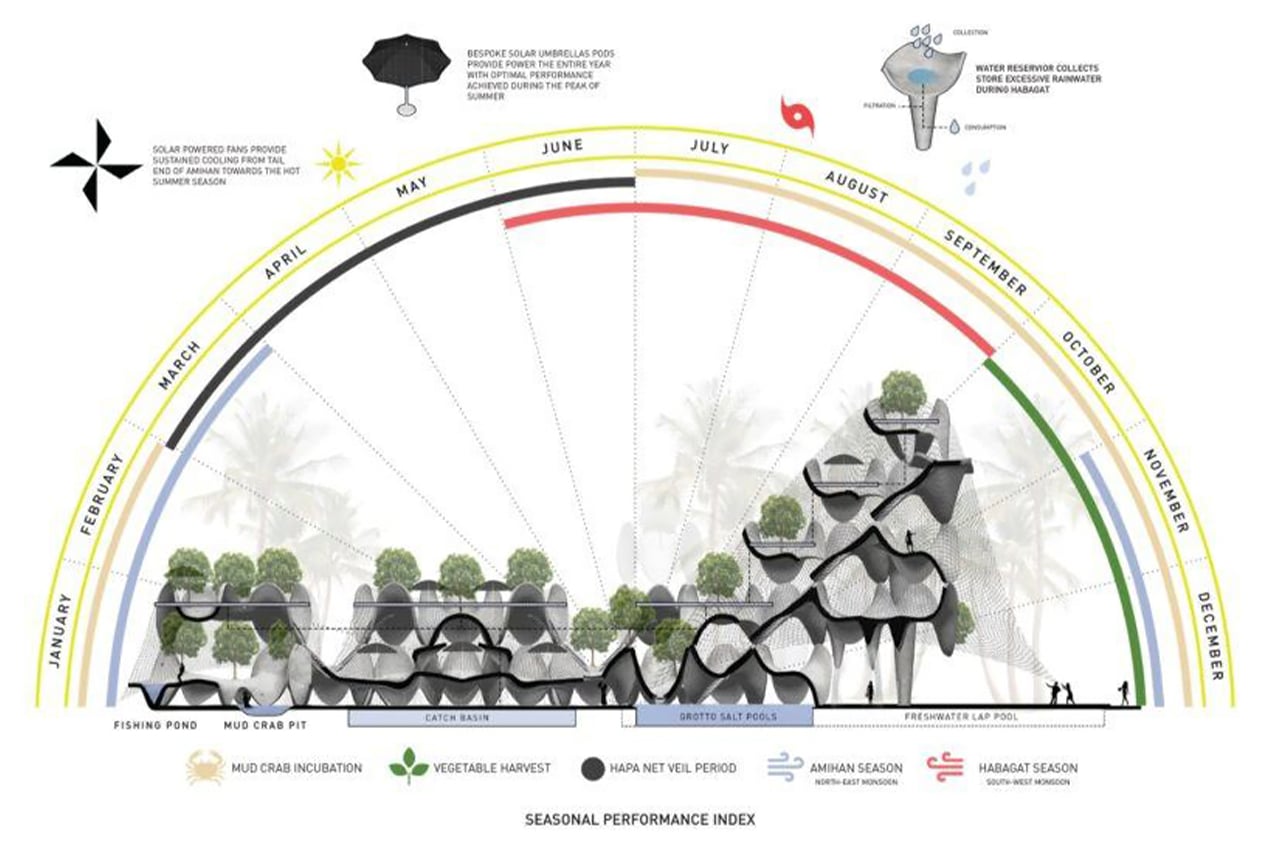
For residents and visitors, the design includes a saltwater grotto, along with mud pools and soaking pools. The designers hope the multi-focused design elements cater to tourists, specifically eco-tourism while honoring the Filipino culture — which spans 7,641 islands made up of varying natural and community elements.
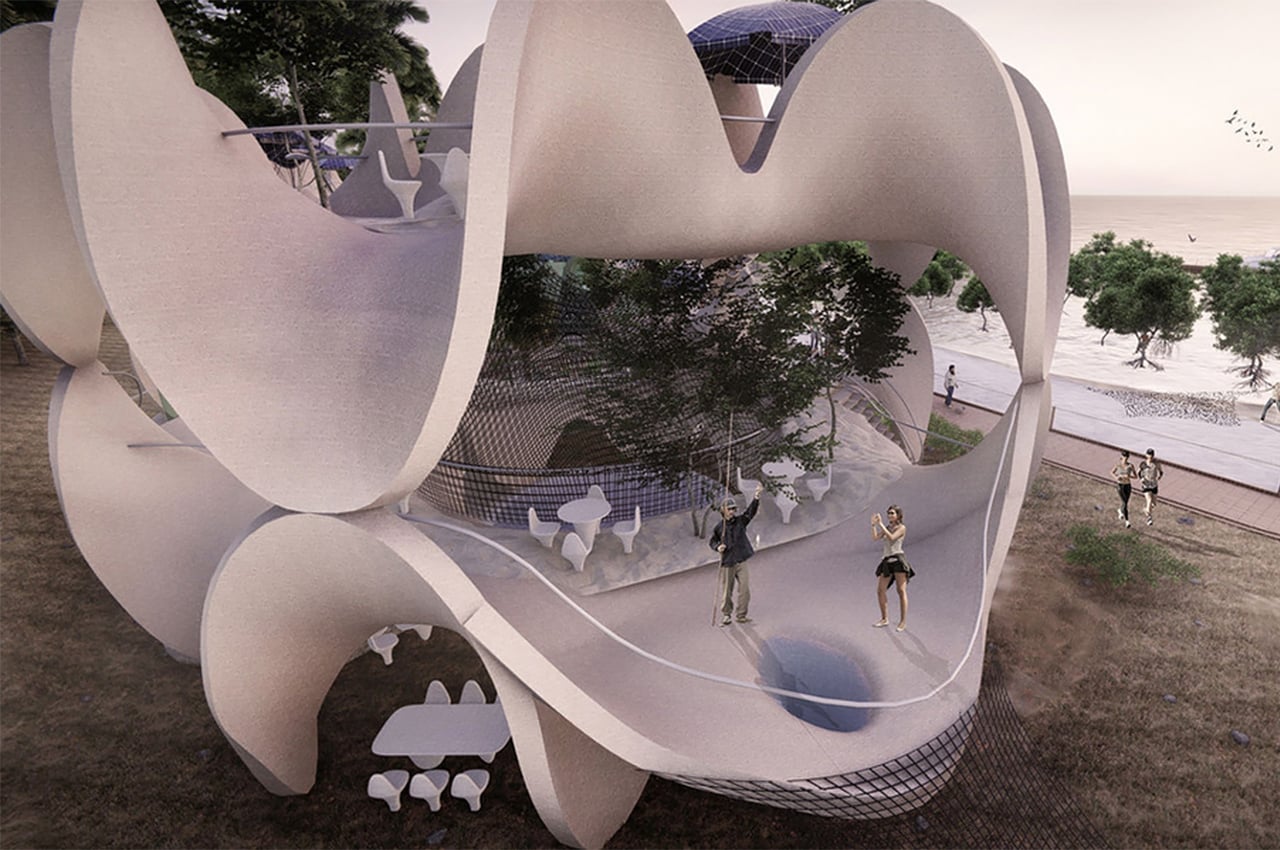
Cagbalete Sand Clusters won the Food Category of the WAFX Awards this year. The architectural design is also a finalist in the “Experimental” category of the World Architecture Festival, which will be held this December 2021 in Lisbon, Portugal. It truly showcases how buildings don’t have to take away from the space they stand on but can co-exist while helping protect the natural environment.
Designer: Carlo Calma Consultancy Inc.
